4. Biochromes
INSPIRATION

Tlakimilolli: Voices from the Loom from APM-ColMich on Vimeo.
#ARTESANALAB MAYAN DYES
First of all, I want to start talking about Mayan dyes that I learned during #ArtesanaLAB. It is very sad that ancient techniques are disappearing, and mayan dyes are not exempt. Before colonisation, a lot of this indigenous practices almost dissapear, when Hernan Cortez and all the army of the church came to America, they order to burn all the physical information that was related with the mayan practices. Spanish people also ordered to kill everyone that keeps practicing that rituals, so, is obvious that this is not a normal practice anymore. Mayan people belive in Jesus not so much in the mayan god, Chaac or neither Ixchel.Nowadays, some of the contemporary mayan people, are studying information to bring back this techniques, of course I'm talking about Mayan from south of México, the ones that lives in the Peninsula of Yucatan.
I mentioning this background because , when I was making #ArtesanaLAB, one of my favorites projects that I mentioned since the begining, I found a group of three women that keeps prcticing this technique of Dyes with local colors.
One week before we started the first boot camp of #ArtesanaLAB, I made an appointment with these women, so I can see all the process and the main idea with this was that I learn from they, and then, we, togueter, teach the mayority of women in the mayan village, so, with this maybe more of them can still practicing and keep alive this technique. At least that was the idea.
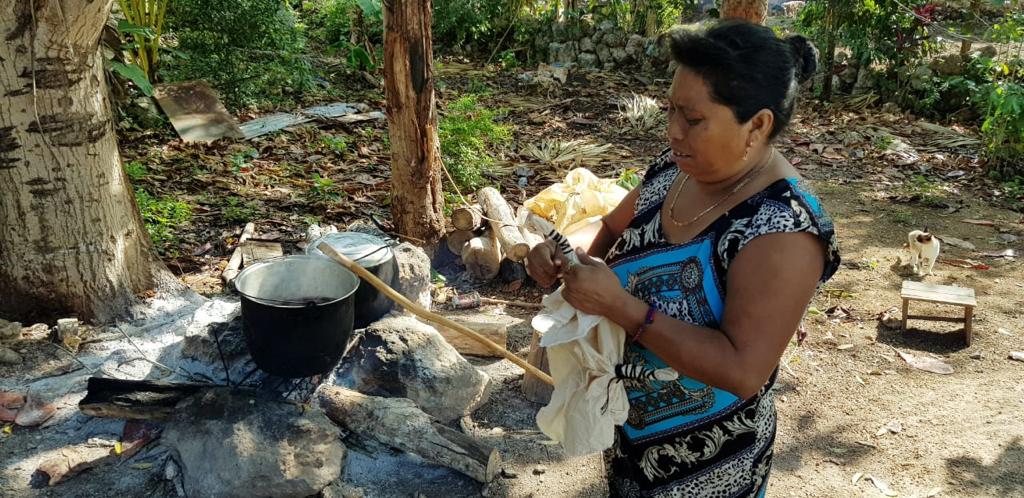
Before I meet them in their house, they ask me some of the material that we will need for this job, they asked me, alum and fabric. By this time, I didn't know nothing about dyes techniques, not even what they used for coloring the fabric, nothing at all. After I bringed that material, they start explaying me a lot of thing. First the wash of the fabric, in this part, they didn't explain me so much, like, what kind of soap they will use? or if the fabric will need a special process for removing chemicals? or even why this kind of fabric? Nothing, it was really a mistery event for me and I feel so grateful that they allowed me to see, not all mayan people like to show this kind of things in my experience to be sincered hahahaha but in any case I respect that.
And then they took the fabrics and putted in really hot water, in one big and old casserole they put some "Almendro" tree leaves, this tree is everywhere, actually, I have one in my garden, and I feel so lucky to have it, it was a nice surprise.

In the other casserole they put some old wood from the jungle, also, as I said before, in this area where I live, there is a lot of types of beautiful woods in Quintana Roo. There is one called Chakt´é Viga

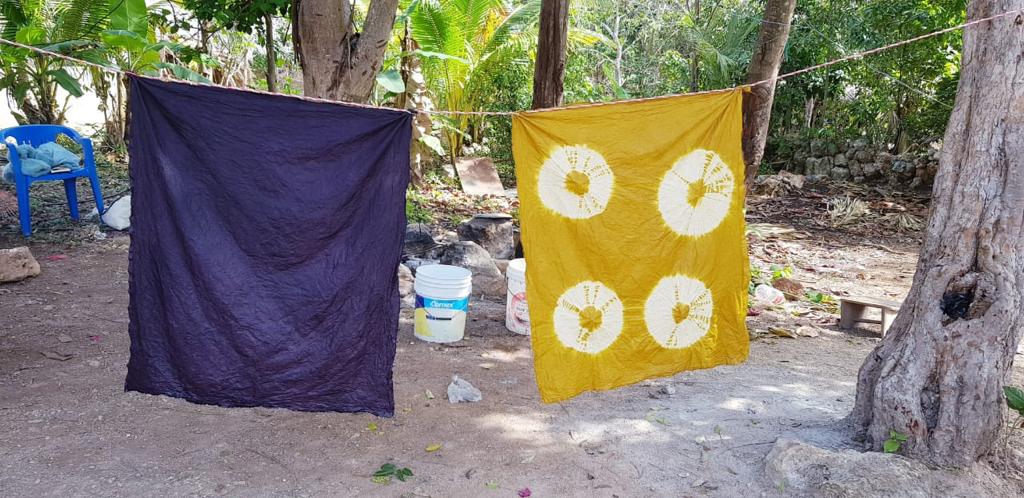
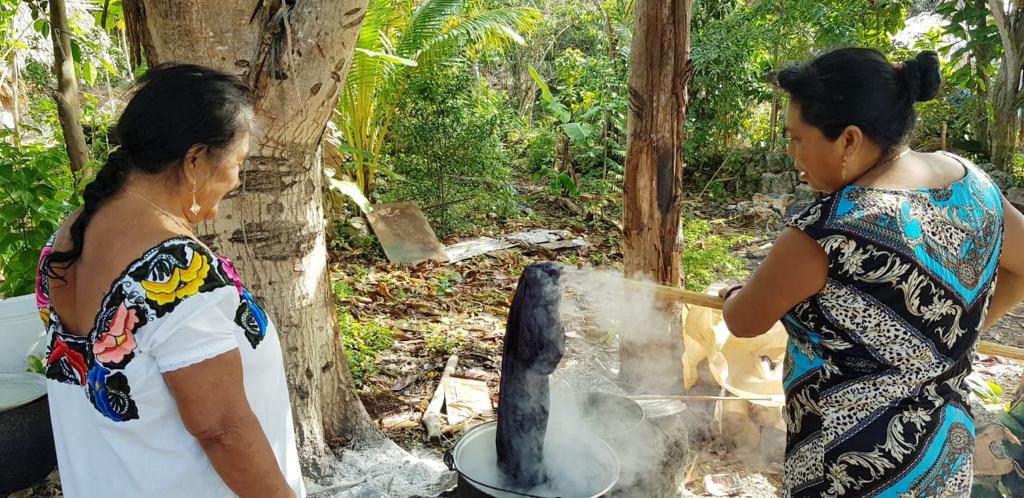
#ArtesanaLAB MAYAN COLORS from Trinidad Machuca on Vimeo.
#ArtesanaLAB MAYAN COLORS ALMENDRO from Trinidad Machuca on Vimeo.
GROW


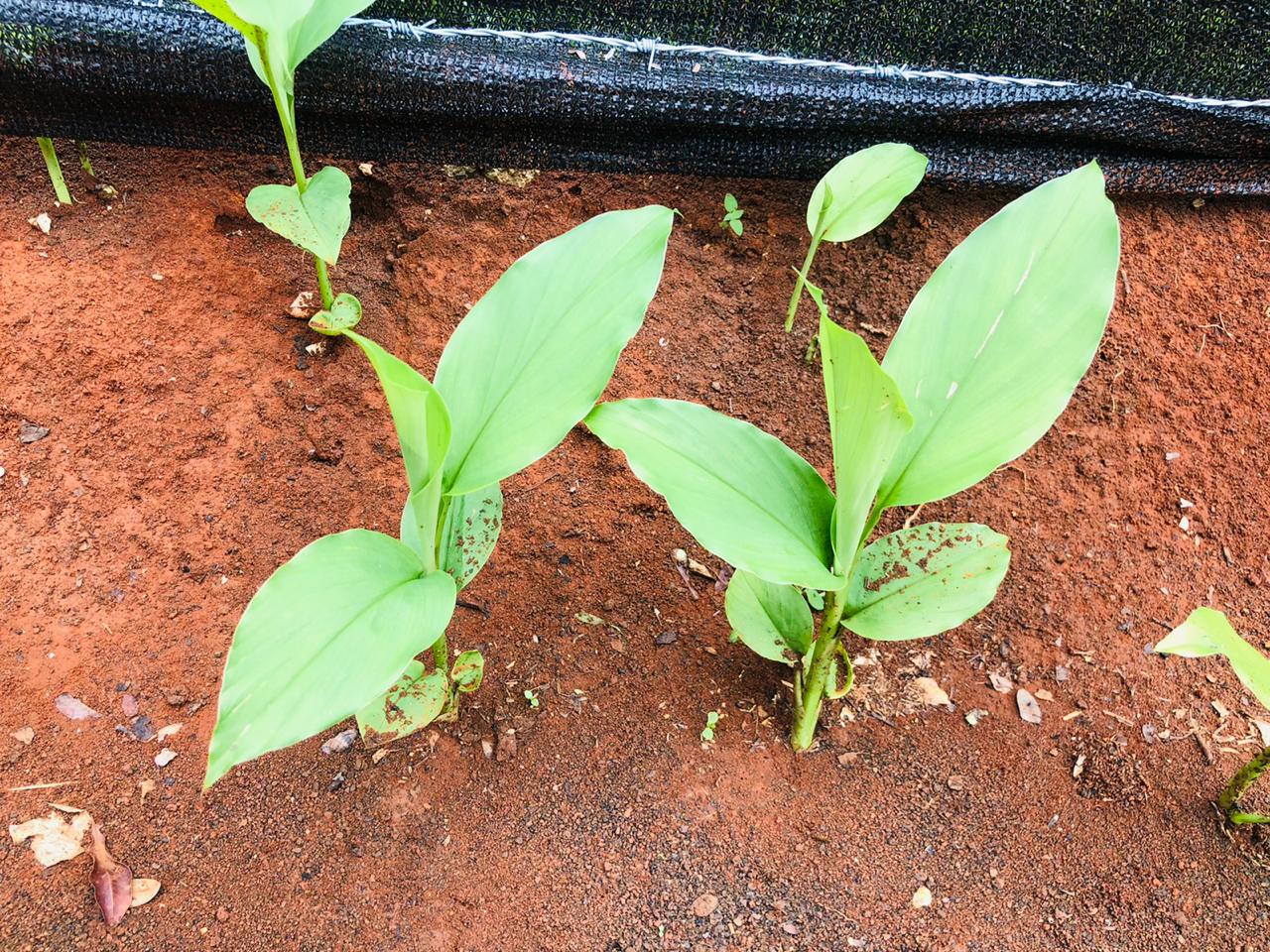
NATURAL DYES
PREPARE THE FABRICS
Natural or synthetic fibers?
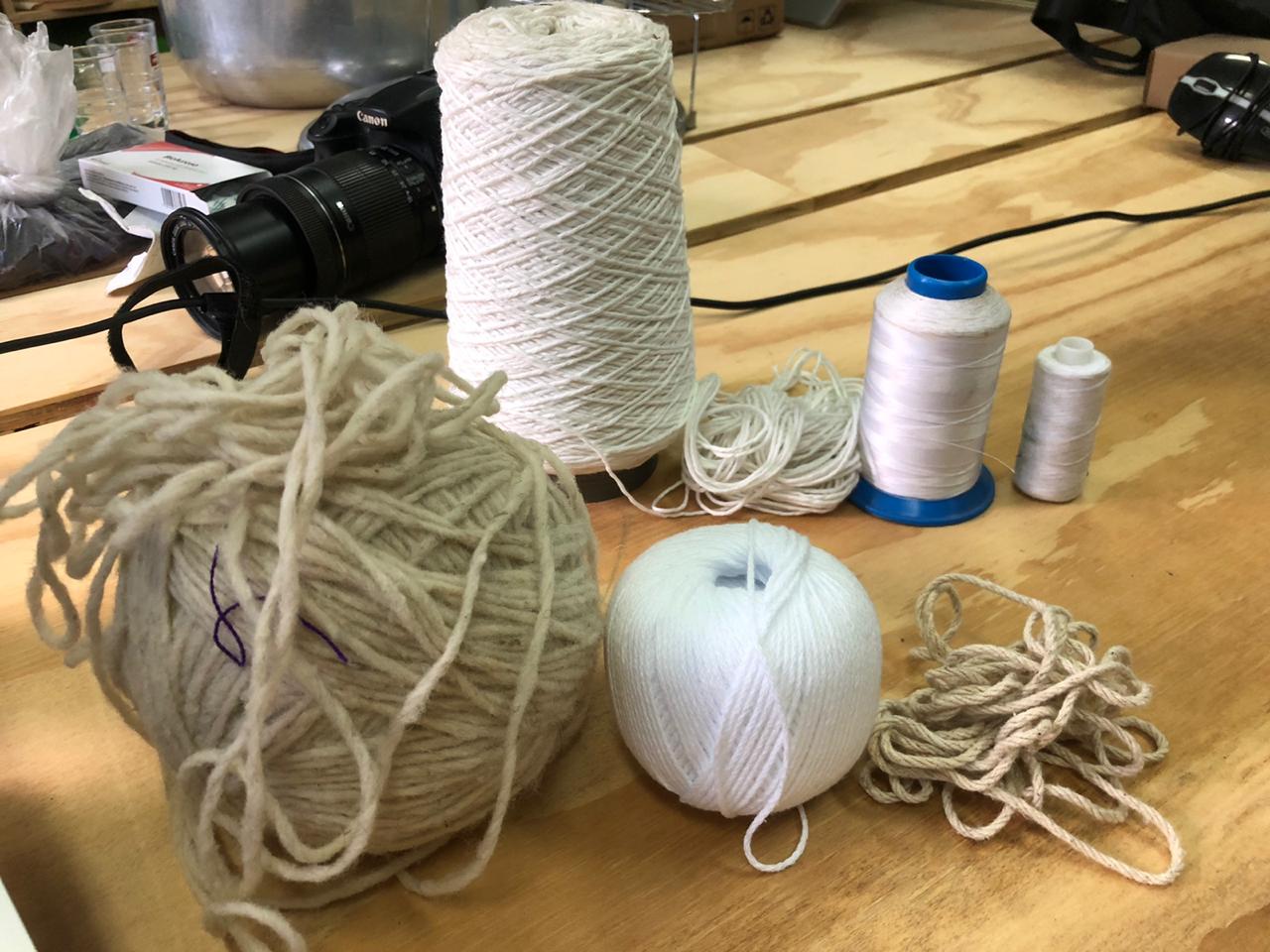
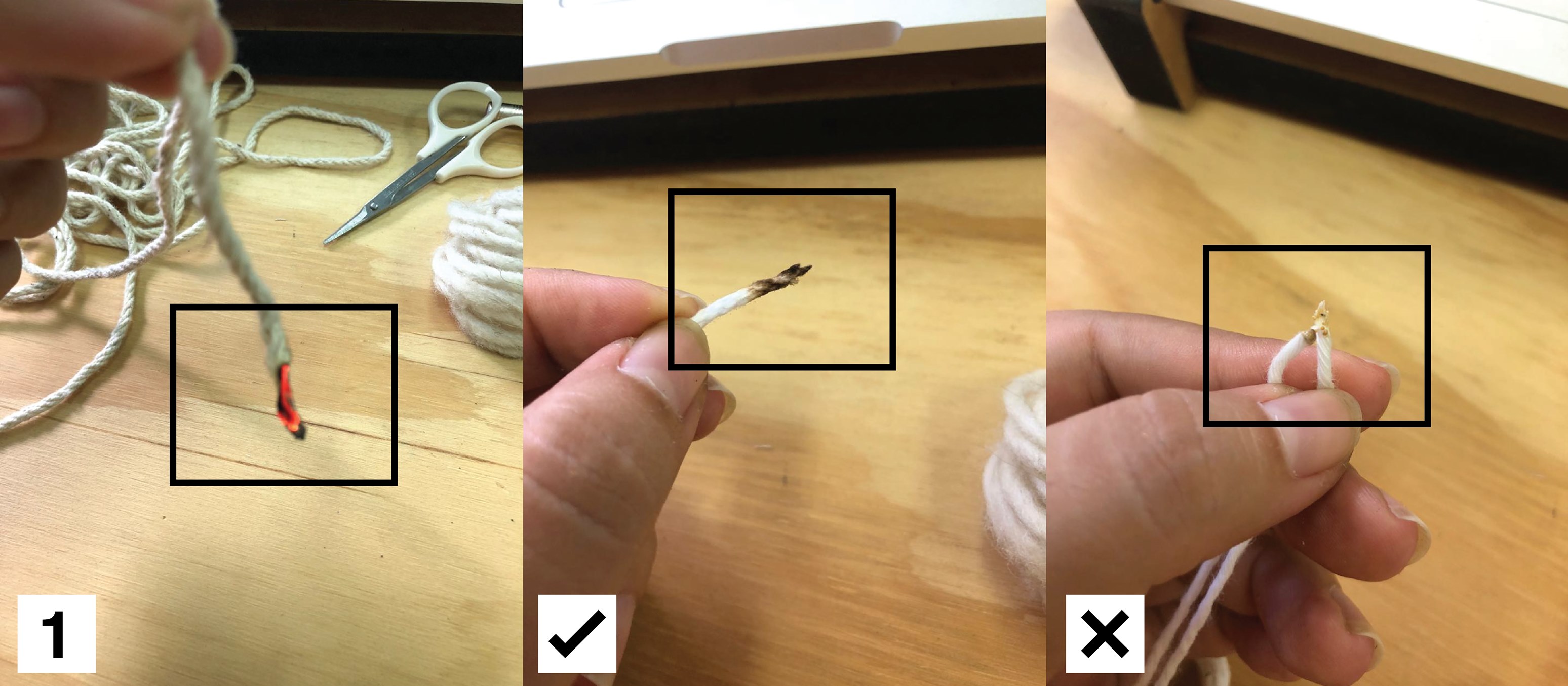
Burn Test from Trinidad Machuca on Vimeo.
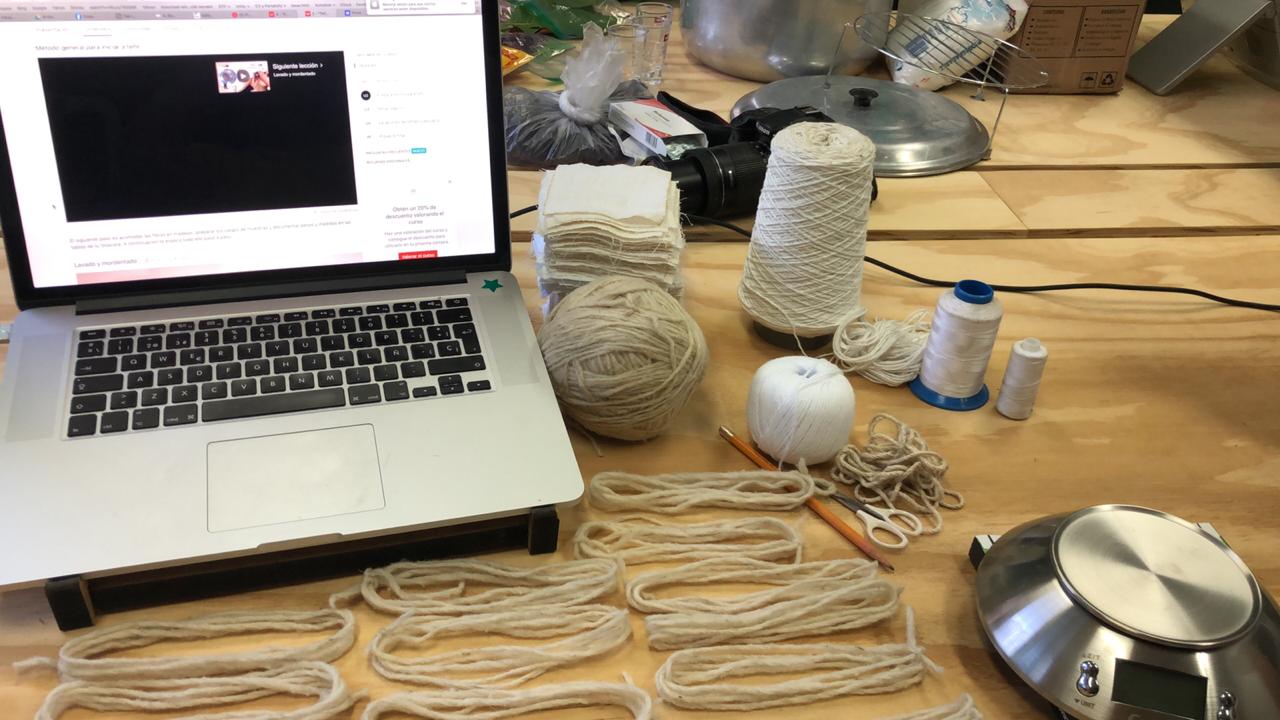
Wash and simmer

MORDANTS
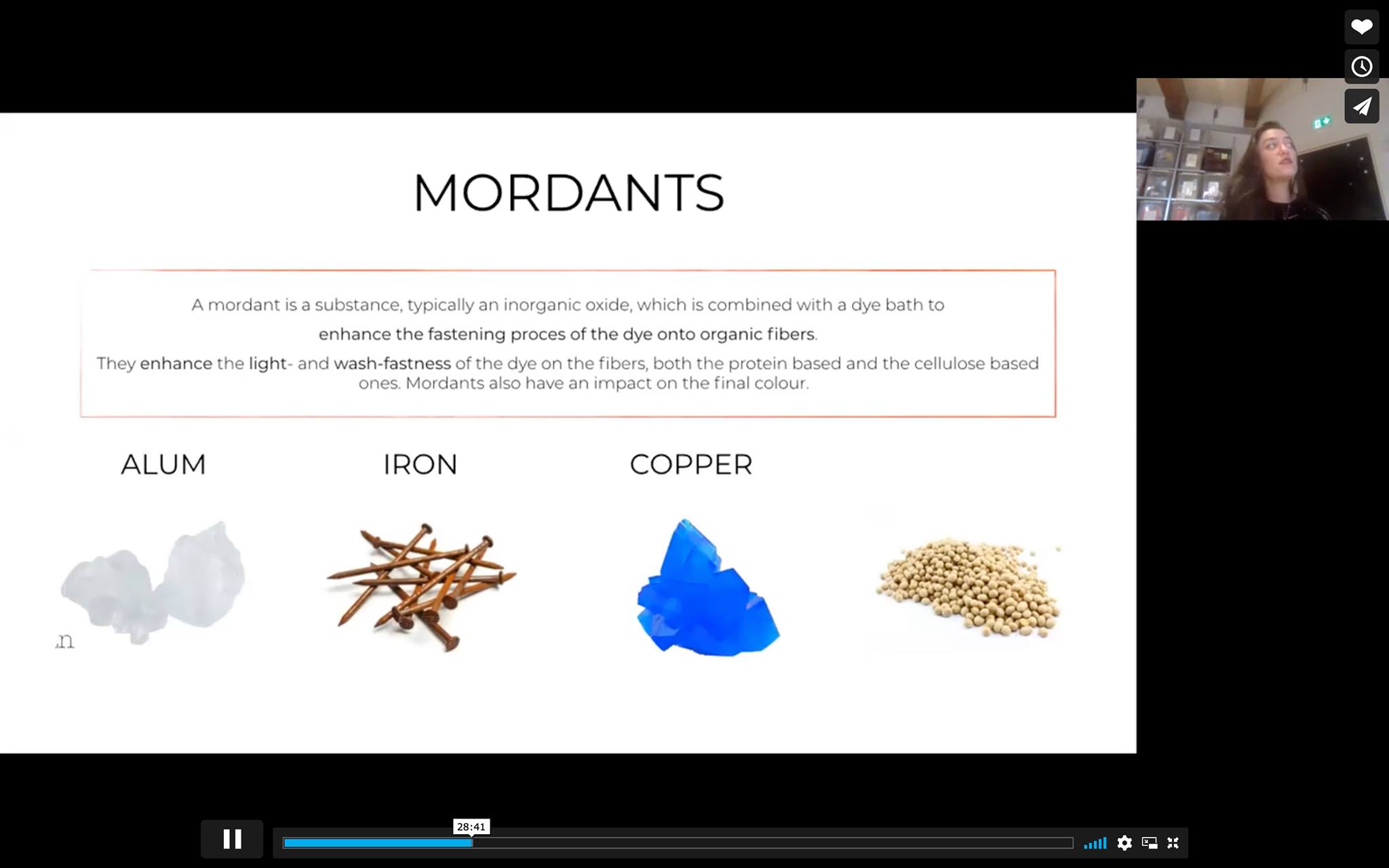




DYE
My colors <3
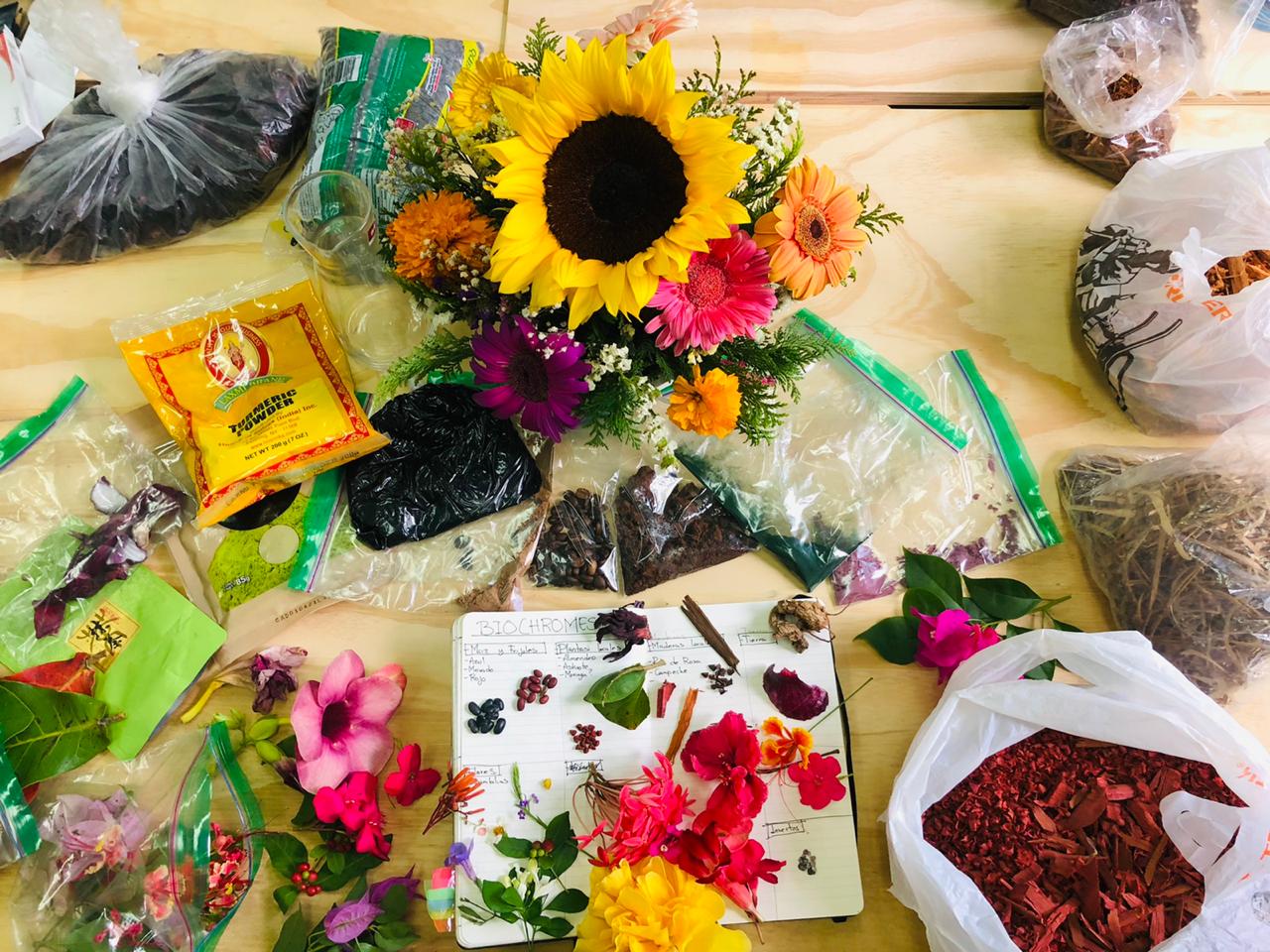
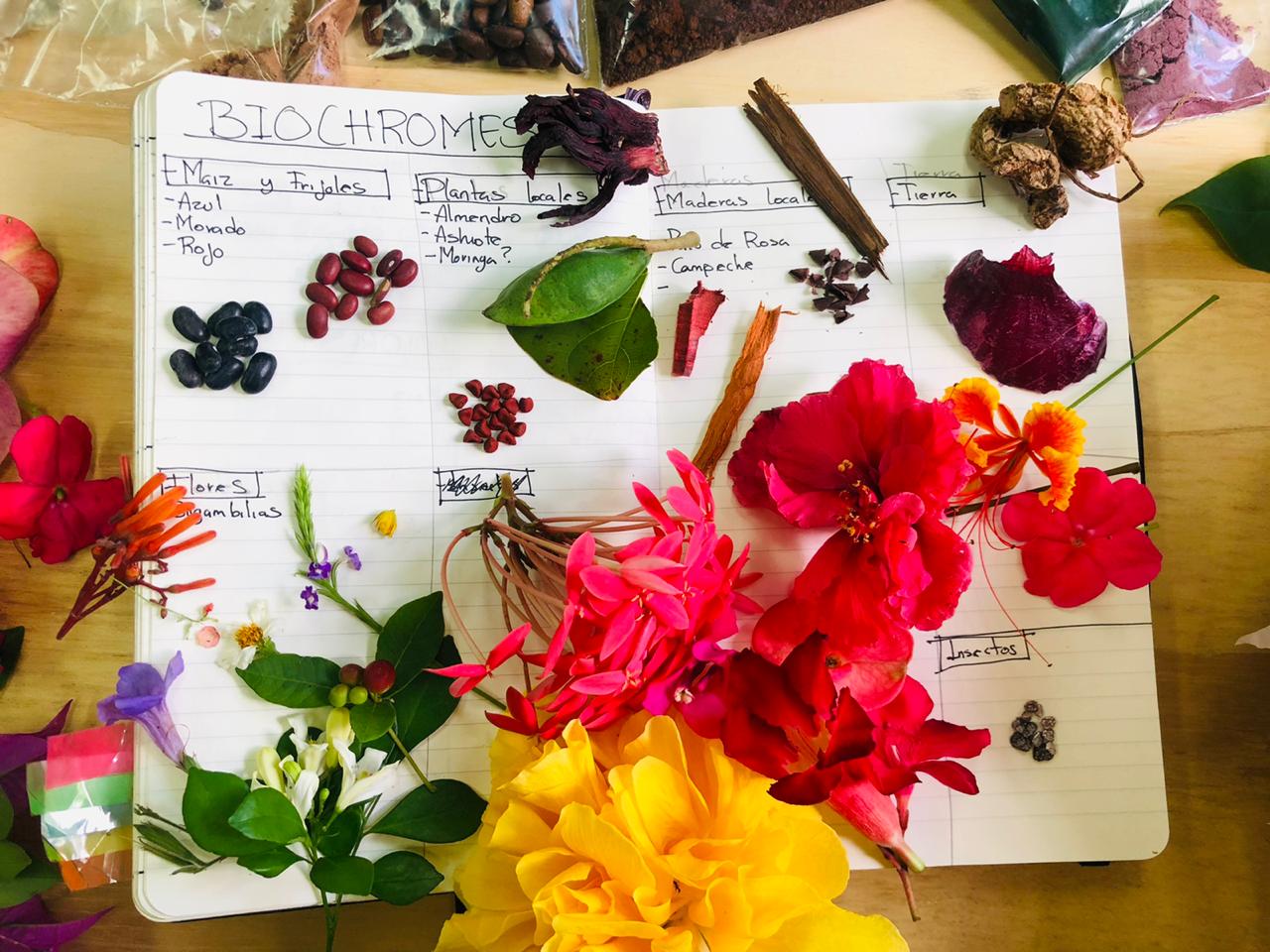
Flowers from flower store

Flowers from my garden
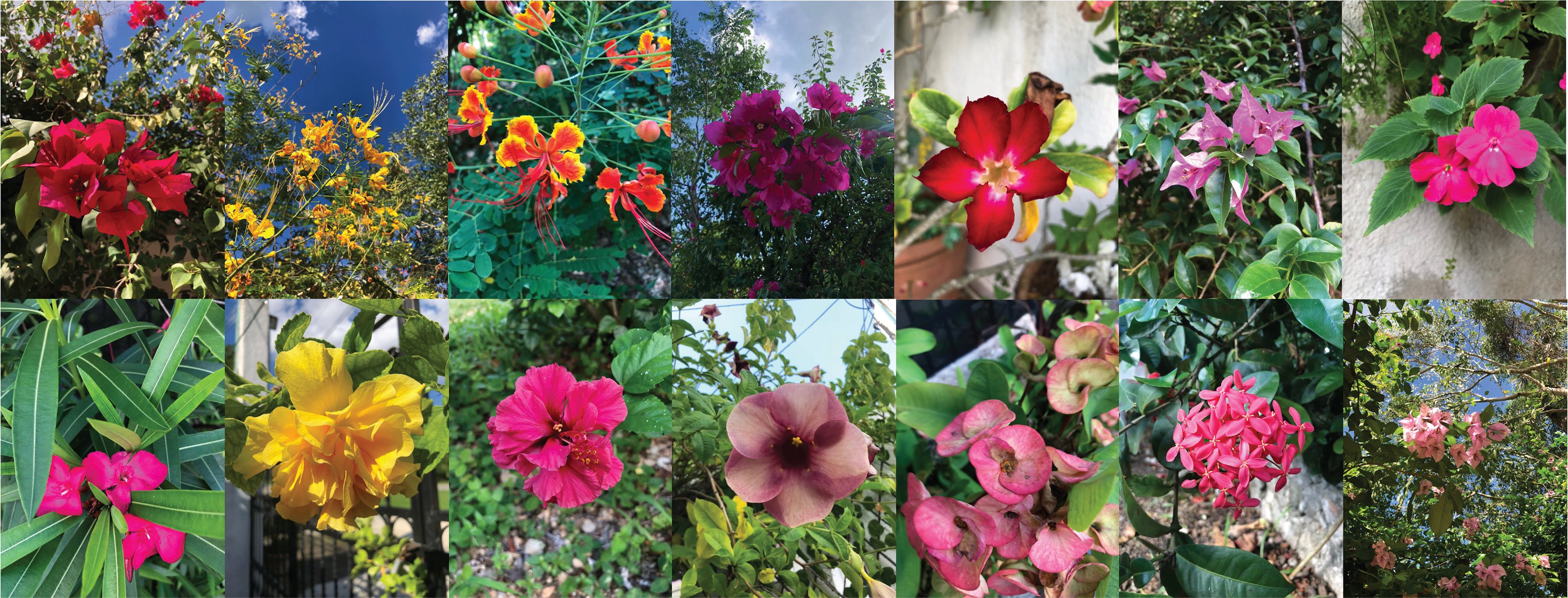
Local wood
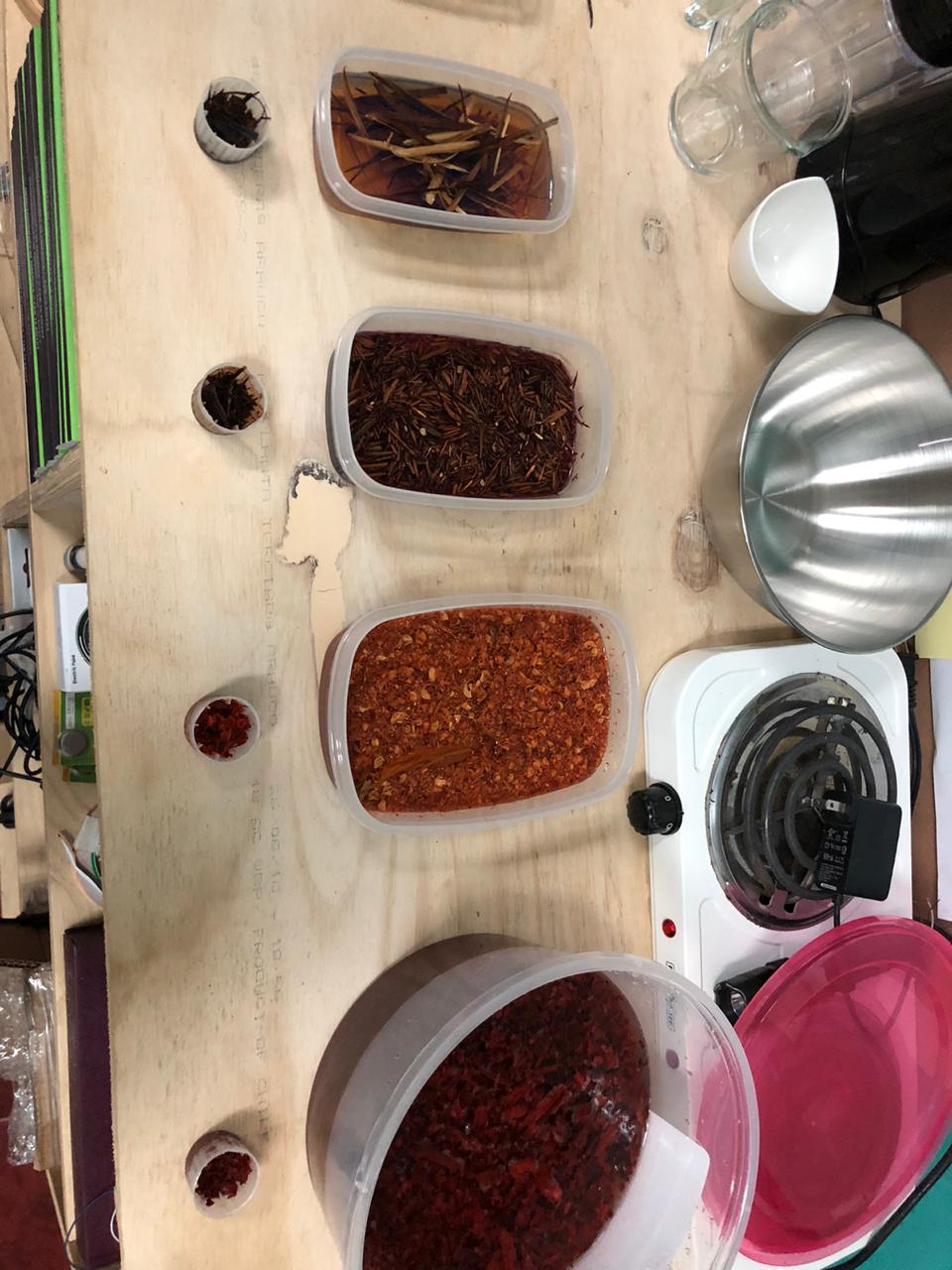
COCHINILLA:
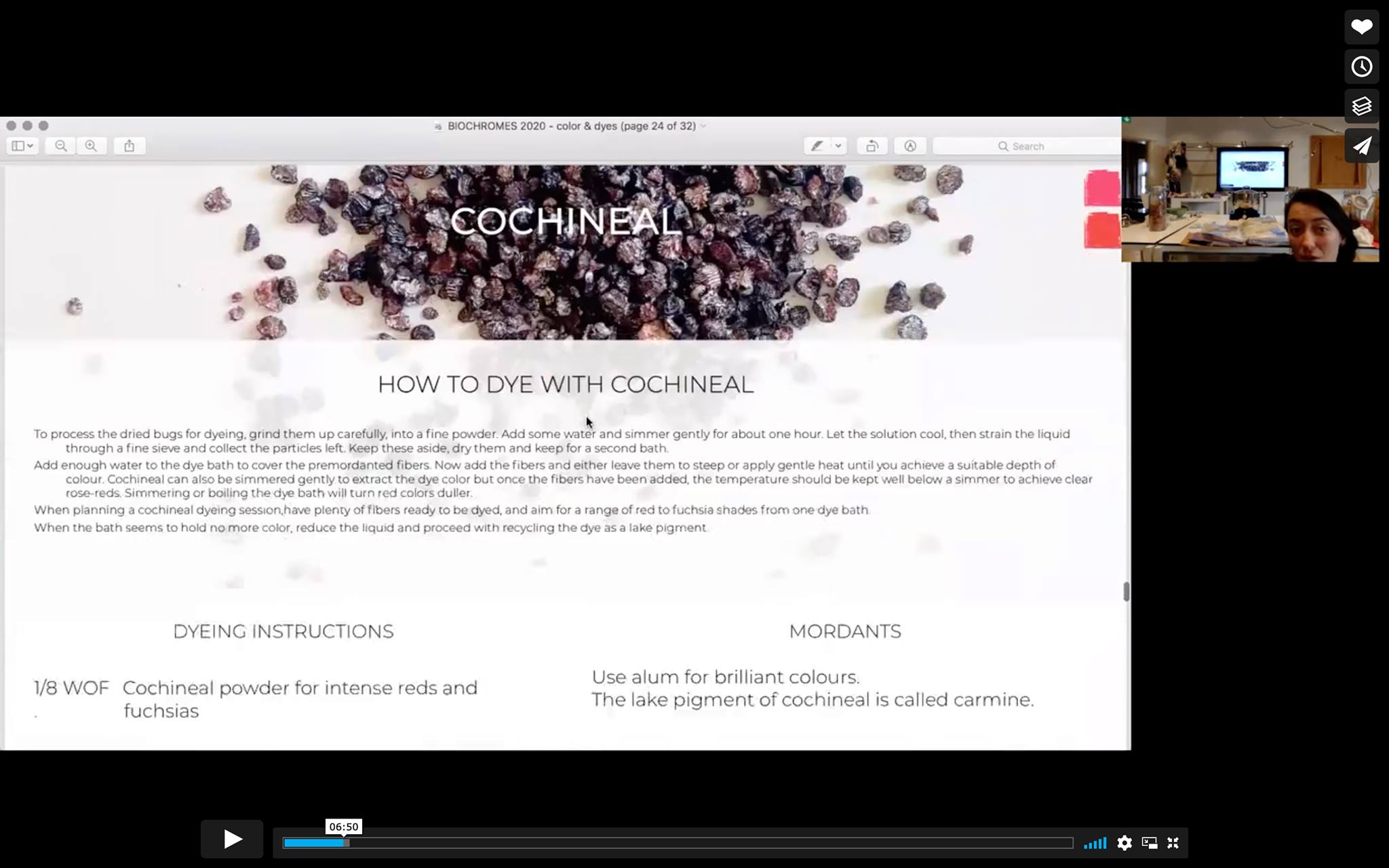
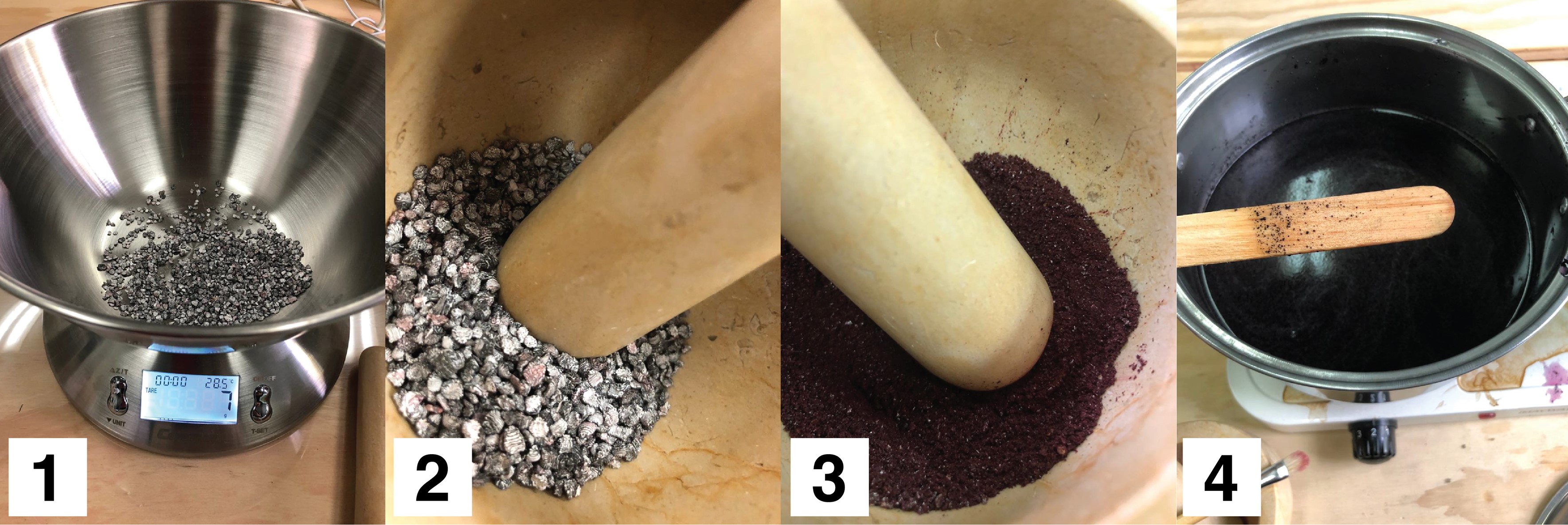
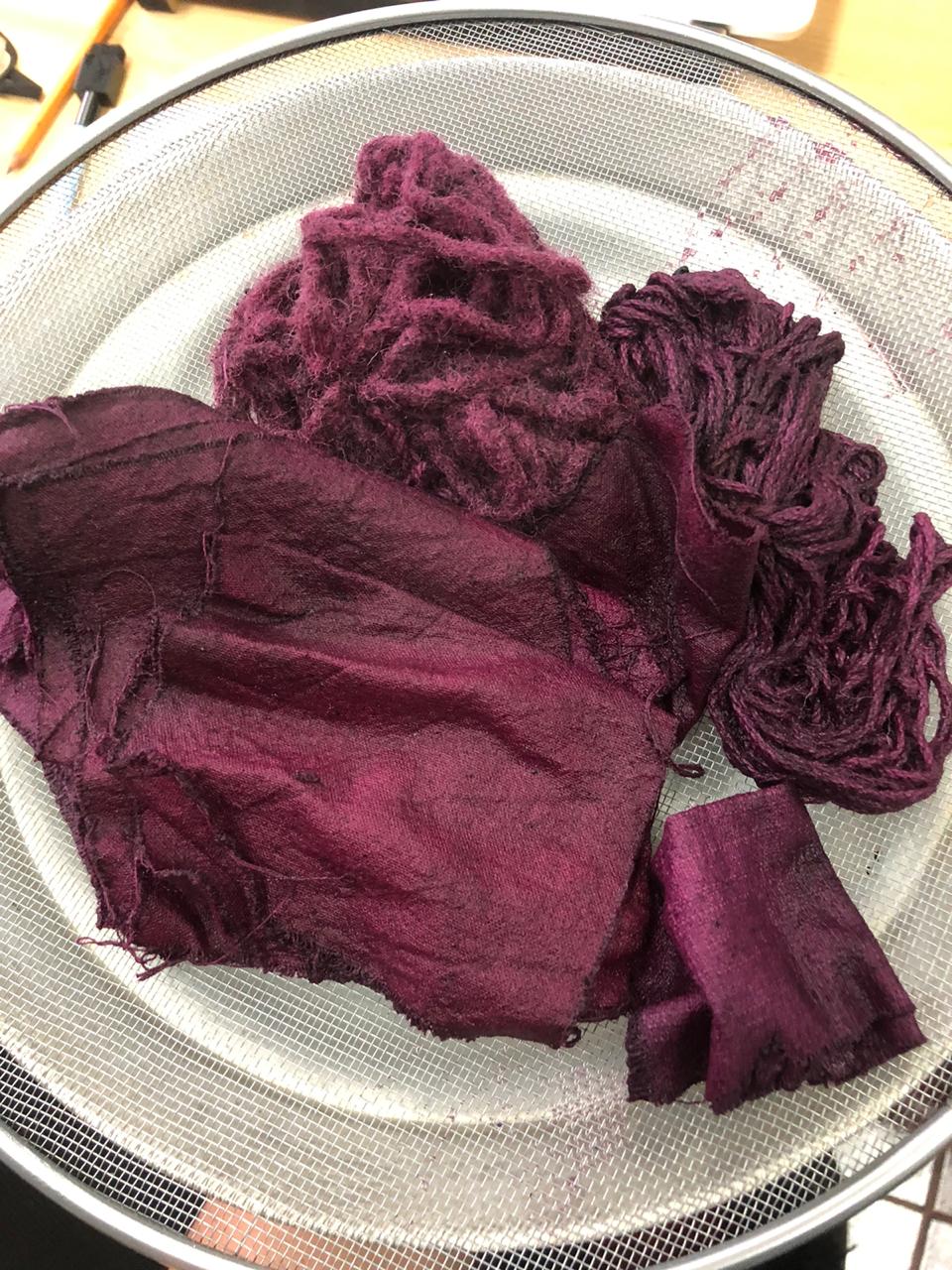

TURMERIC:

BLACK BEANS:
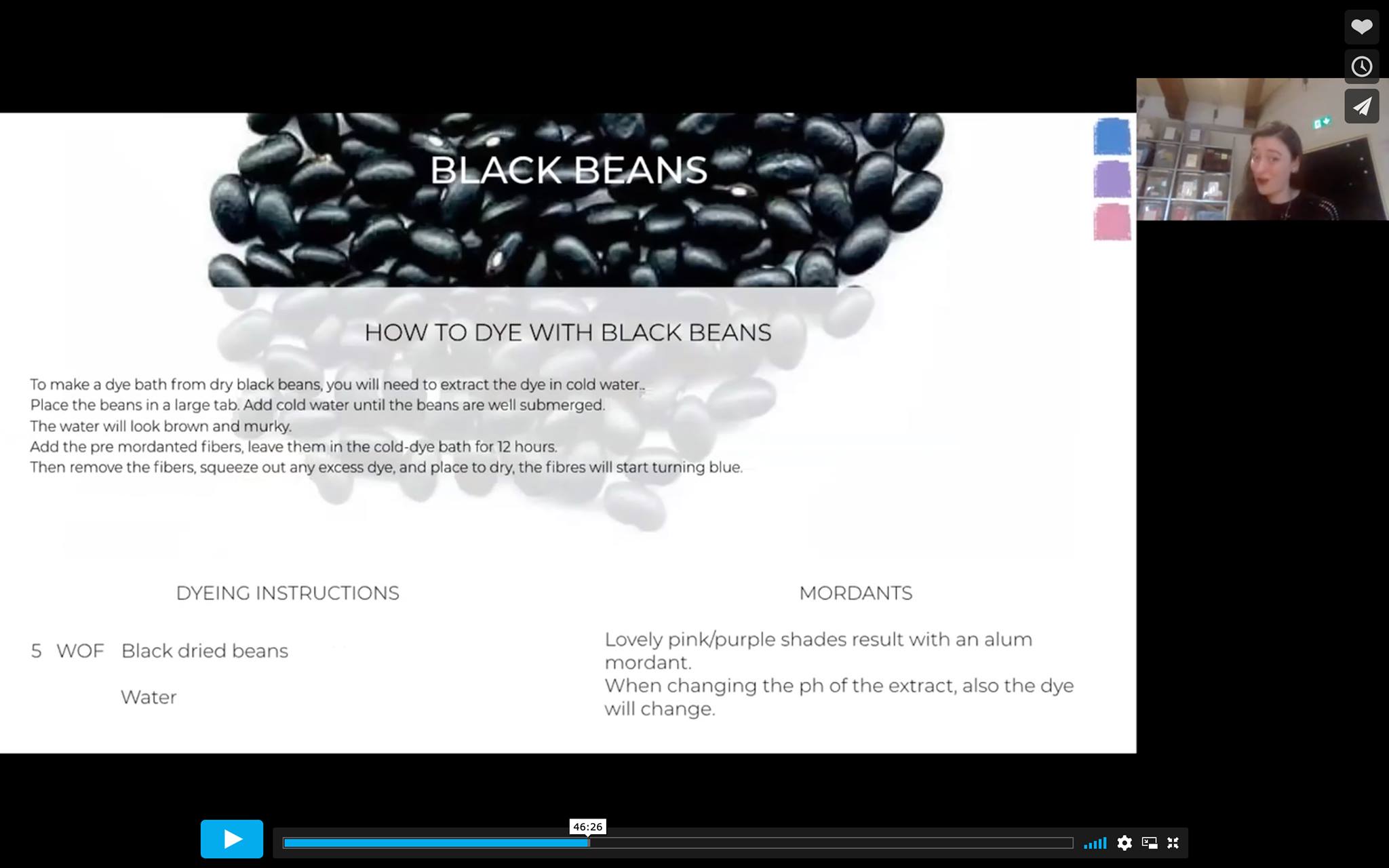

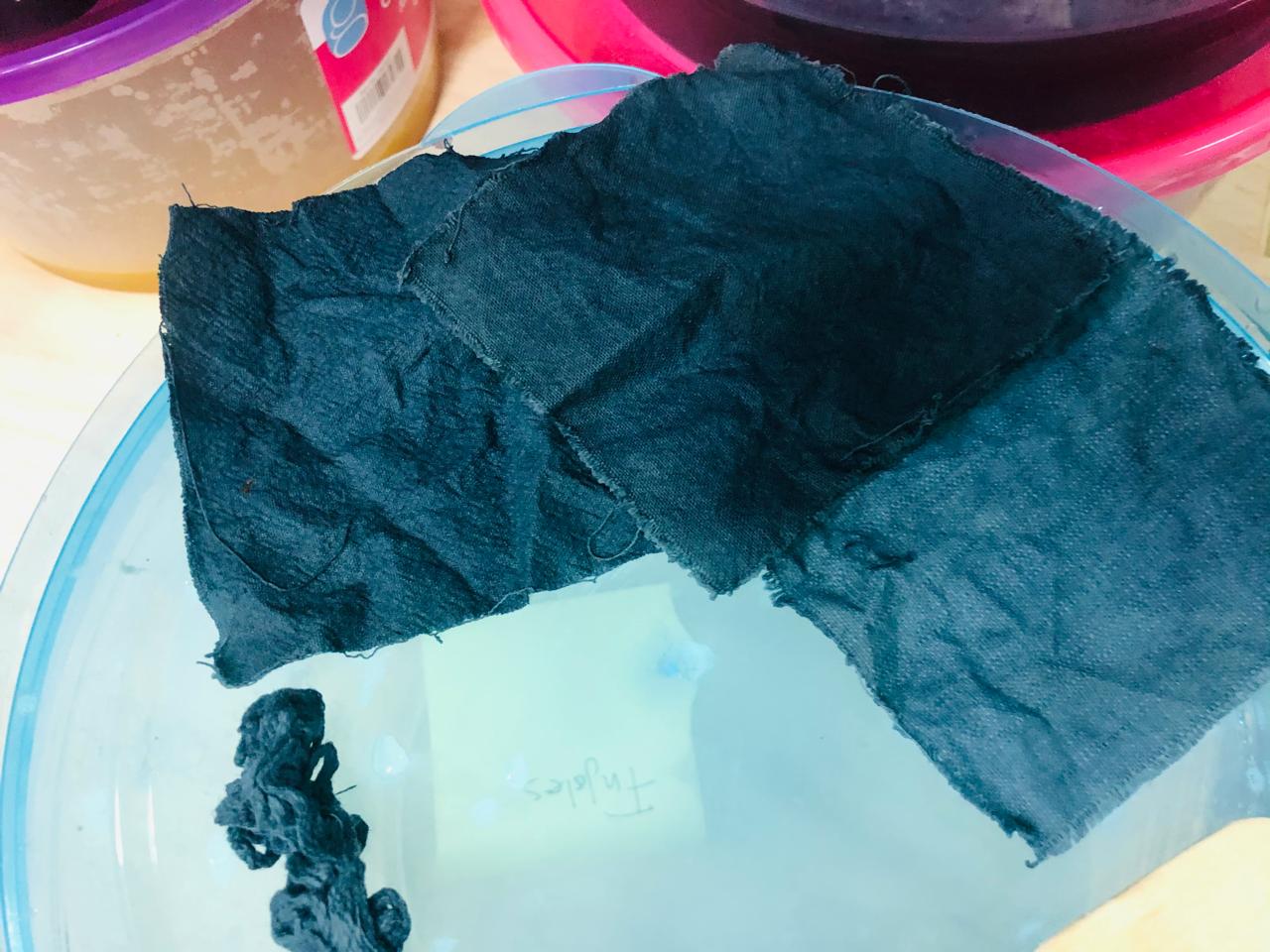
ALMENDRO:
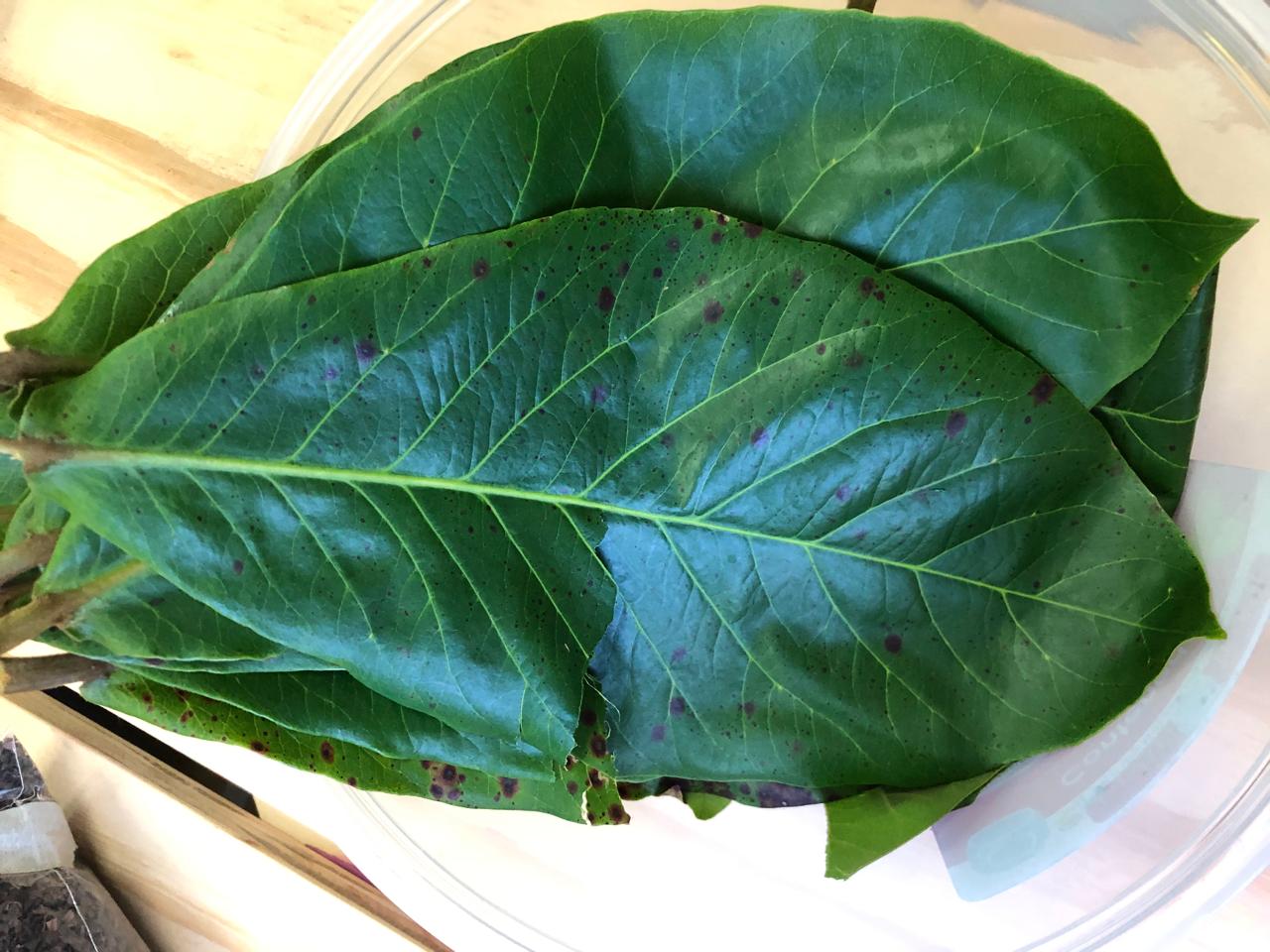
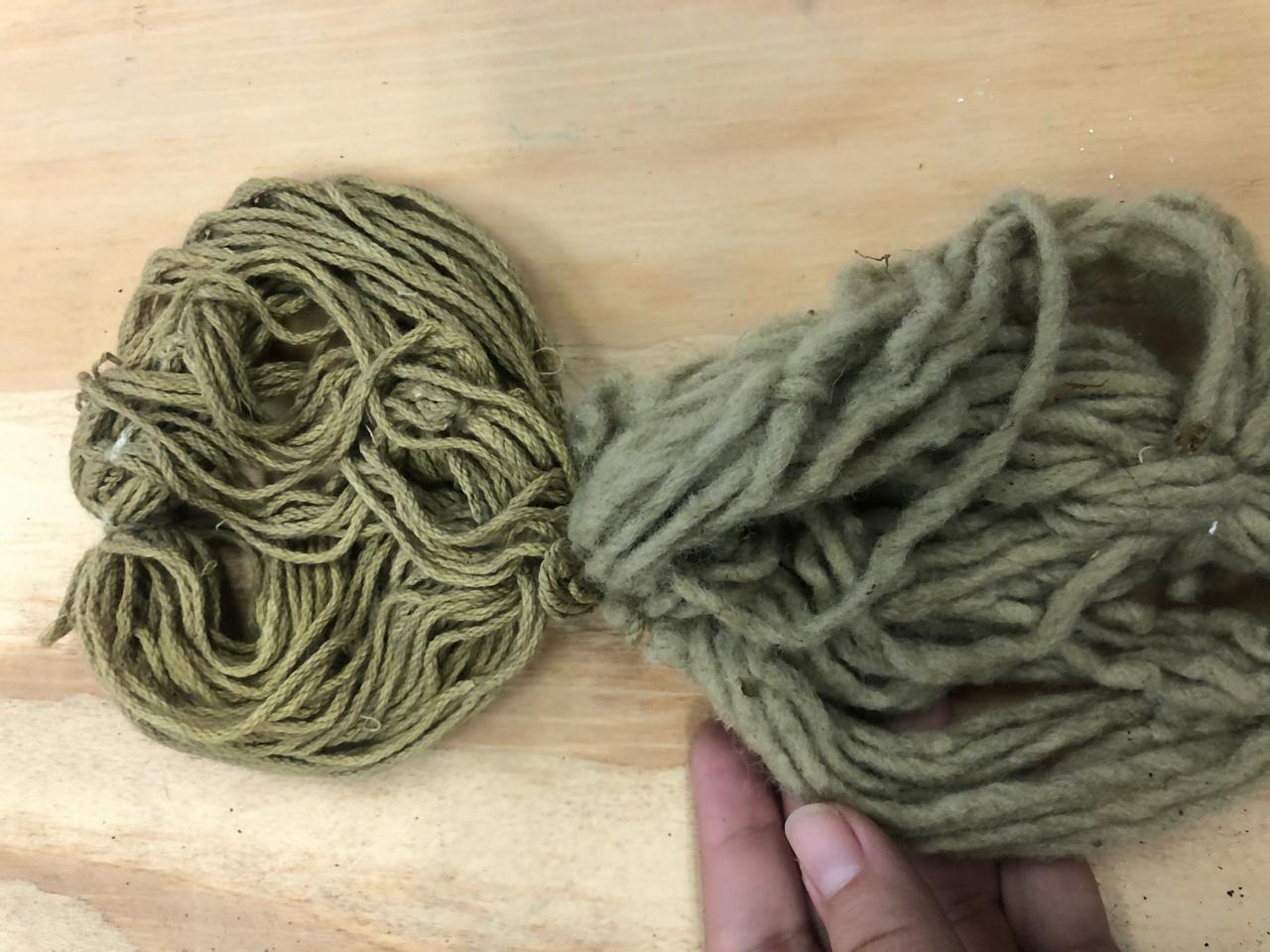
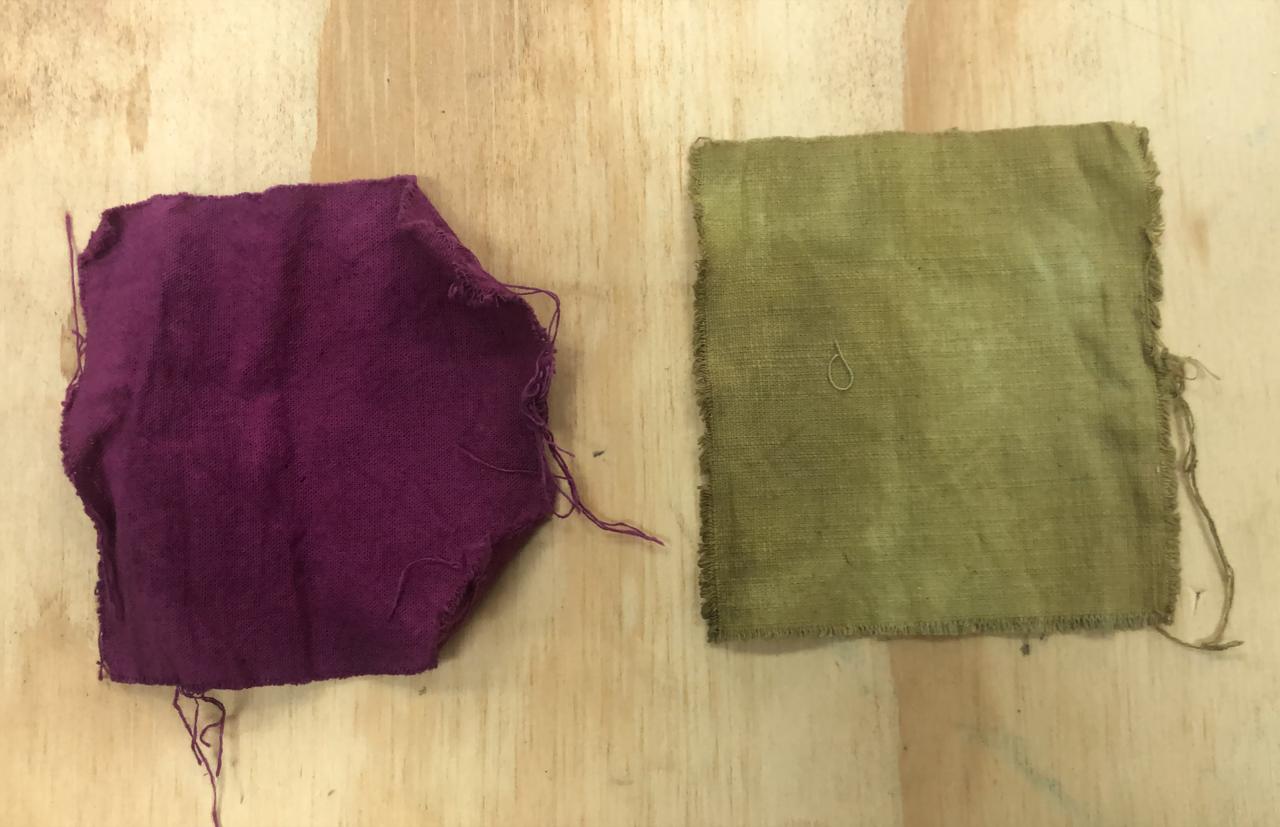
CAMPECHE:

PALO AZUL:
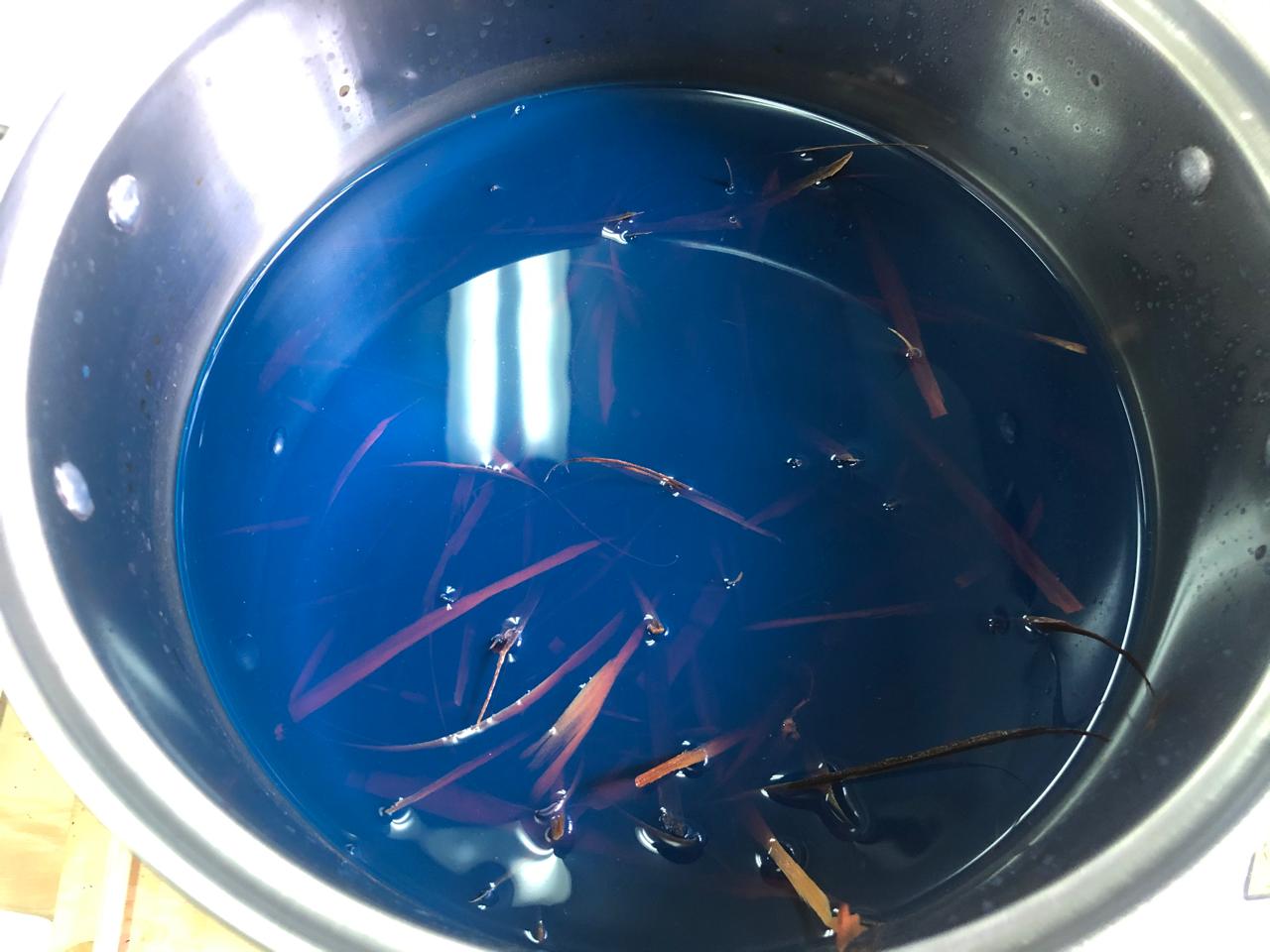
PALO TINTE:
PALO DE ROSA:
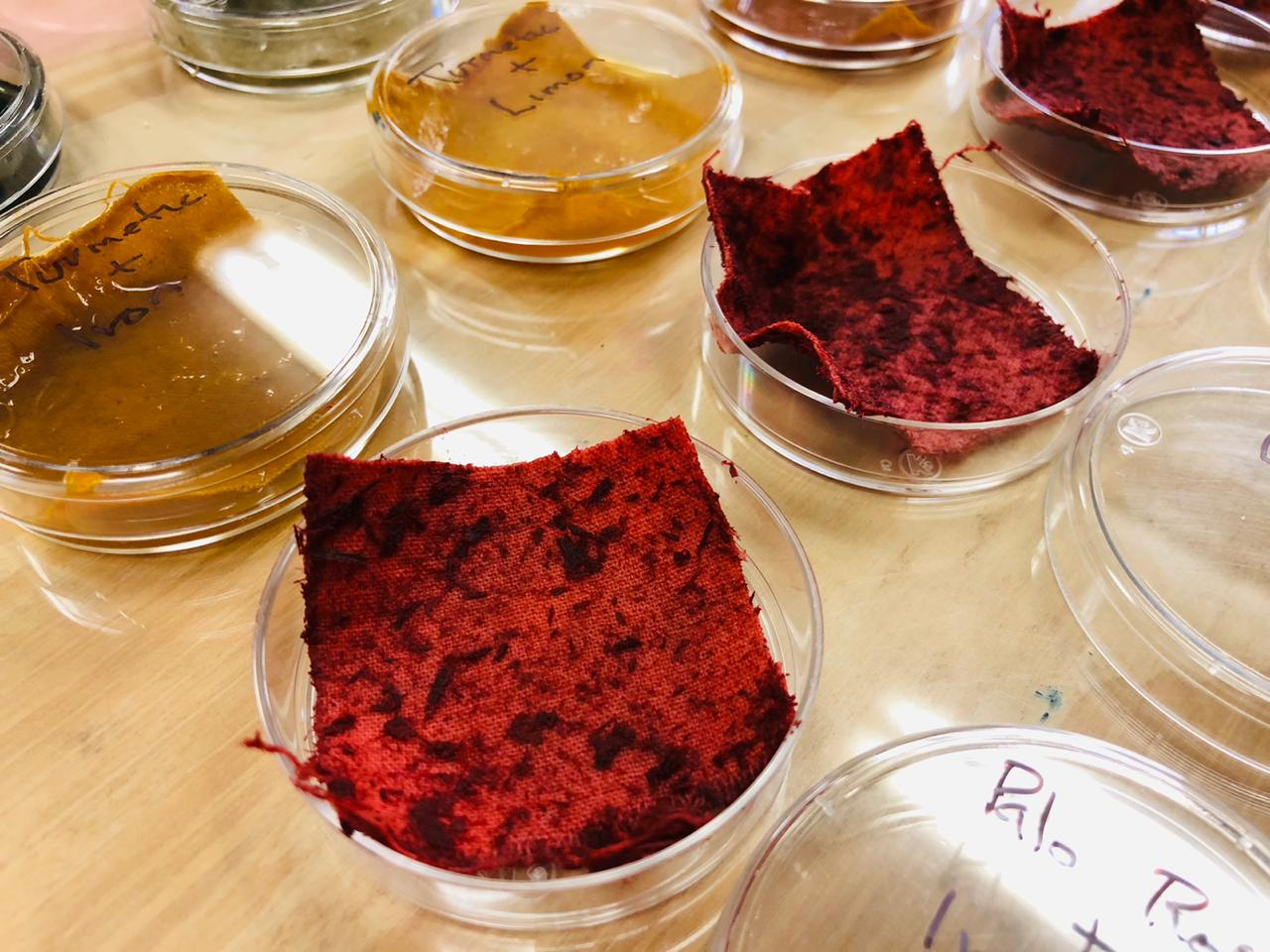
ANNATO SOON:
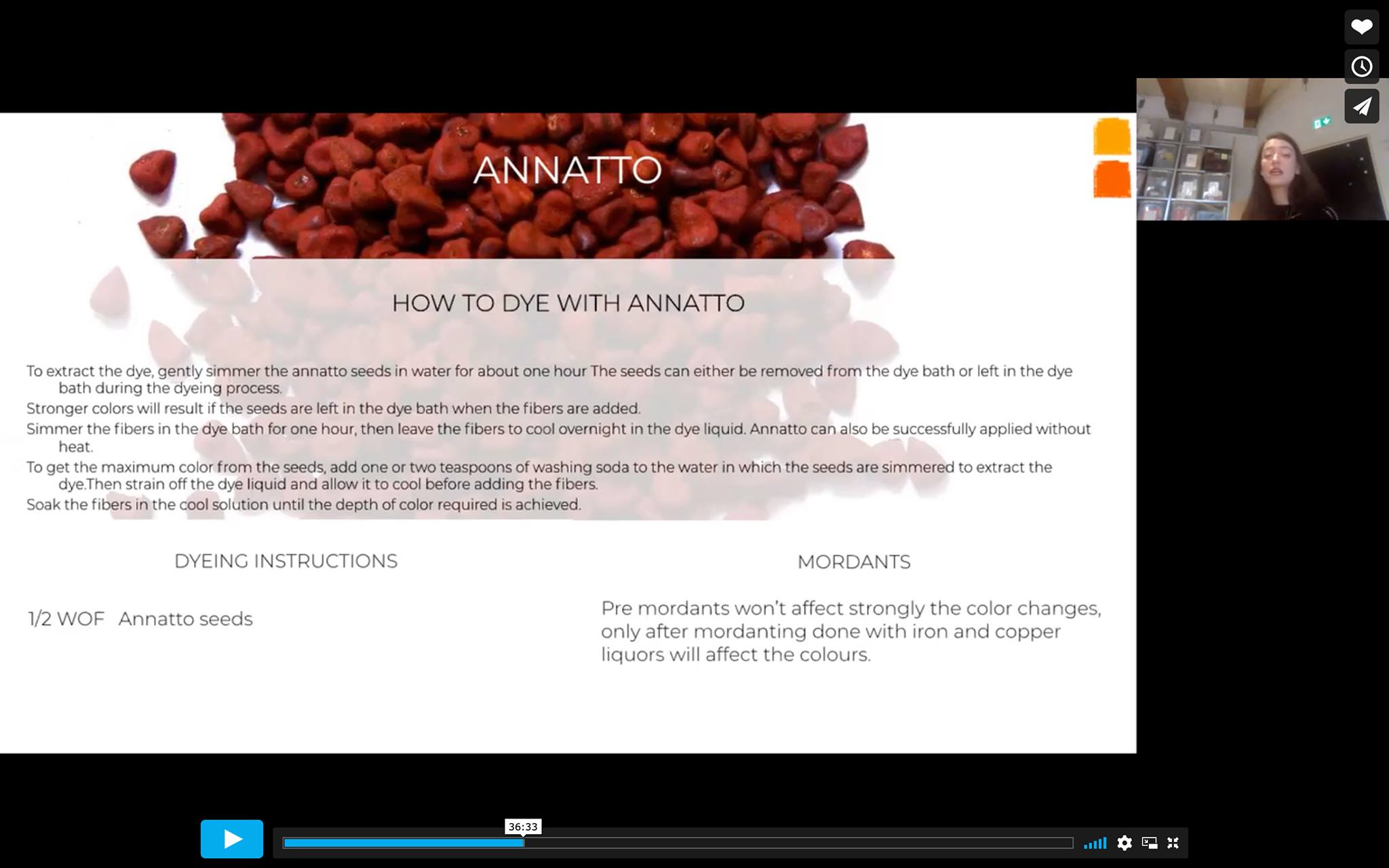
AÑIL SOON:
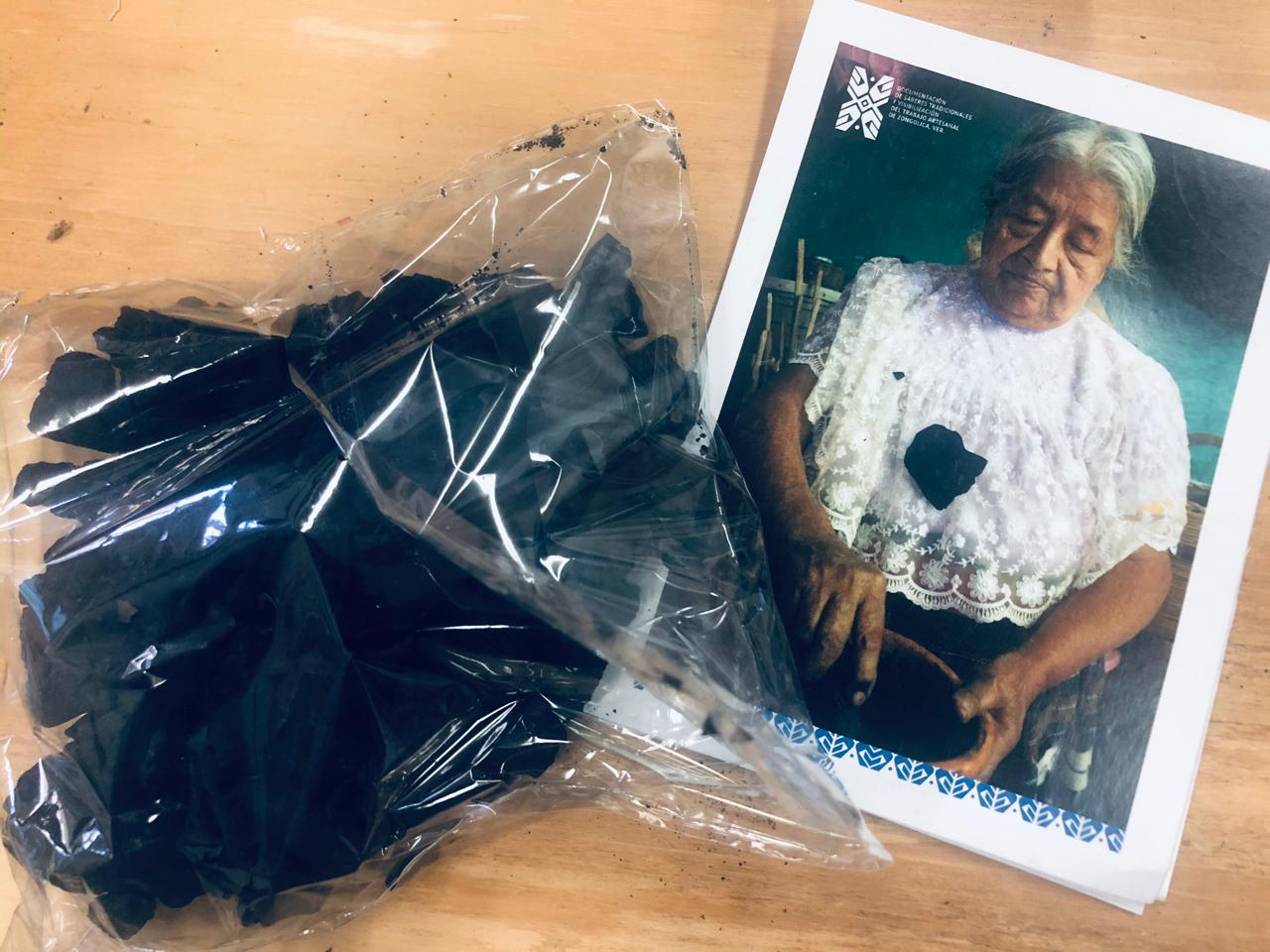
TOOLS
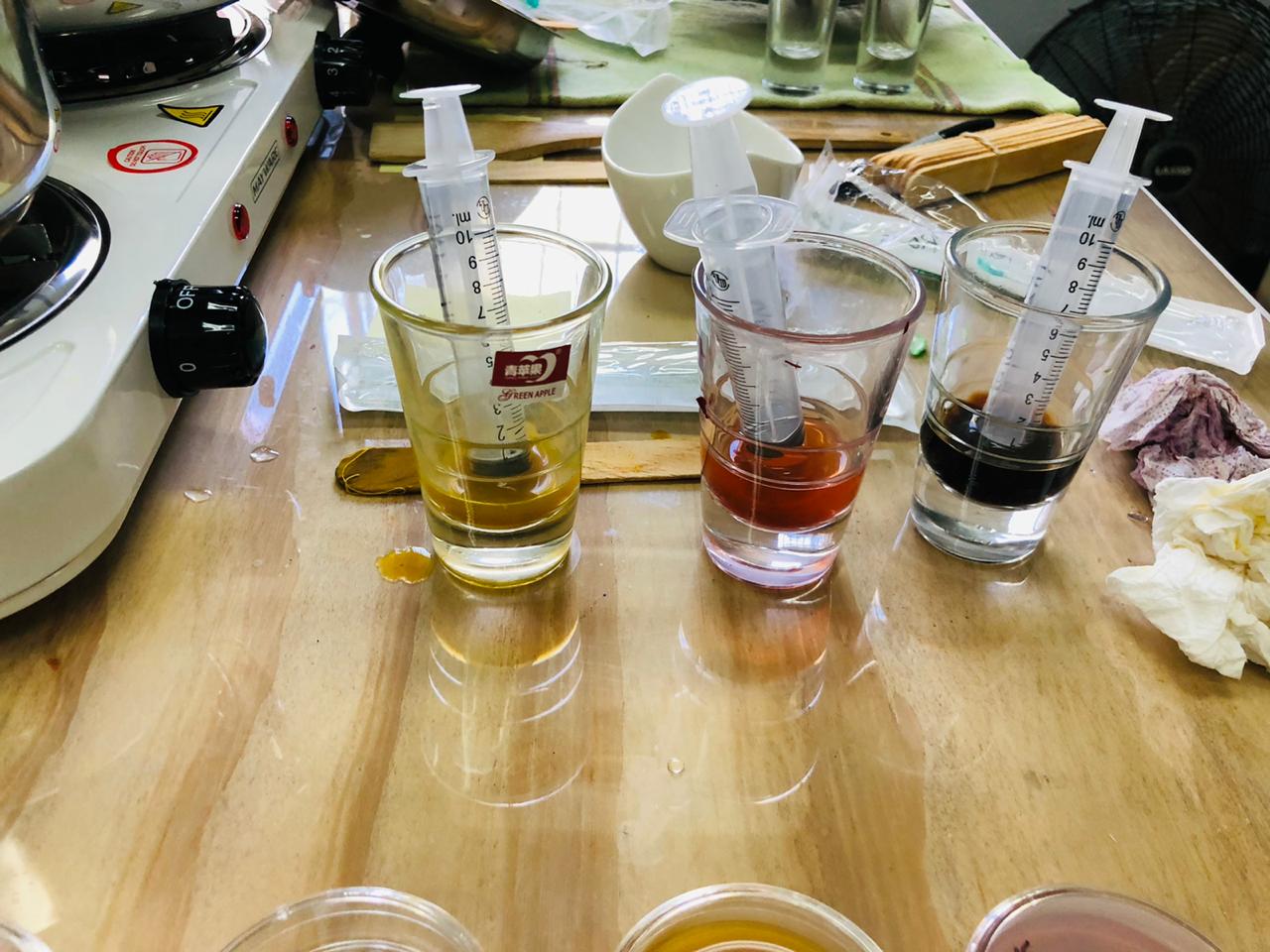
MODIFY

COCHINILLA LIMON from Trinidad Machuca on Vimeo.
COCHINILLA MODIFICADORES from Trinidad Machuca on Vimeo.
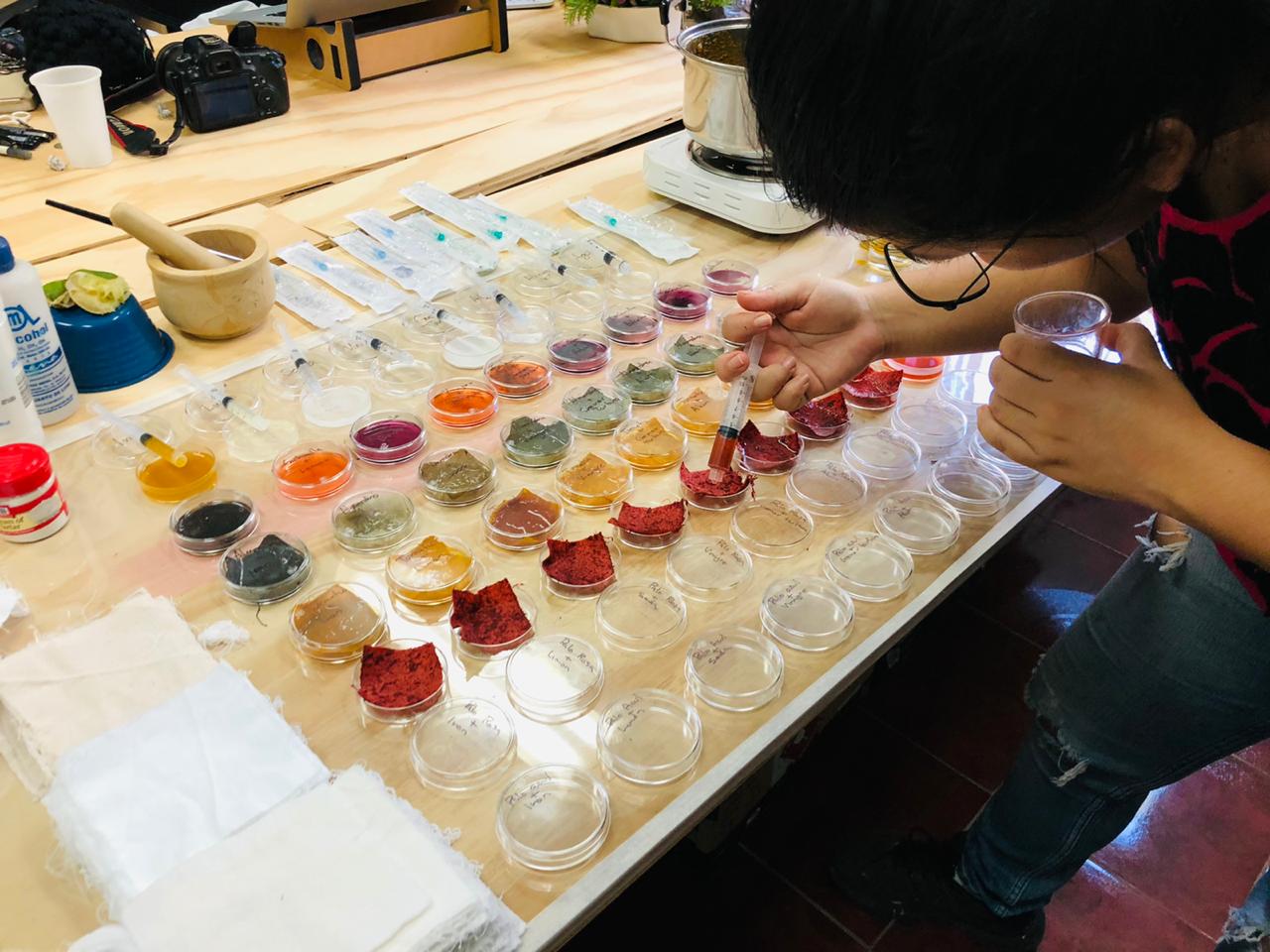
COLOURS AND INKS FROM LEFTOVERS NATURAL DYES
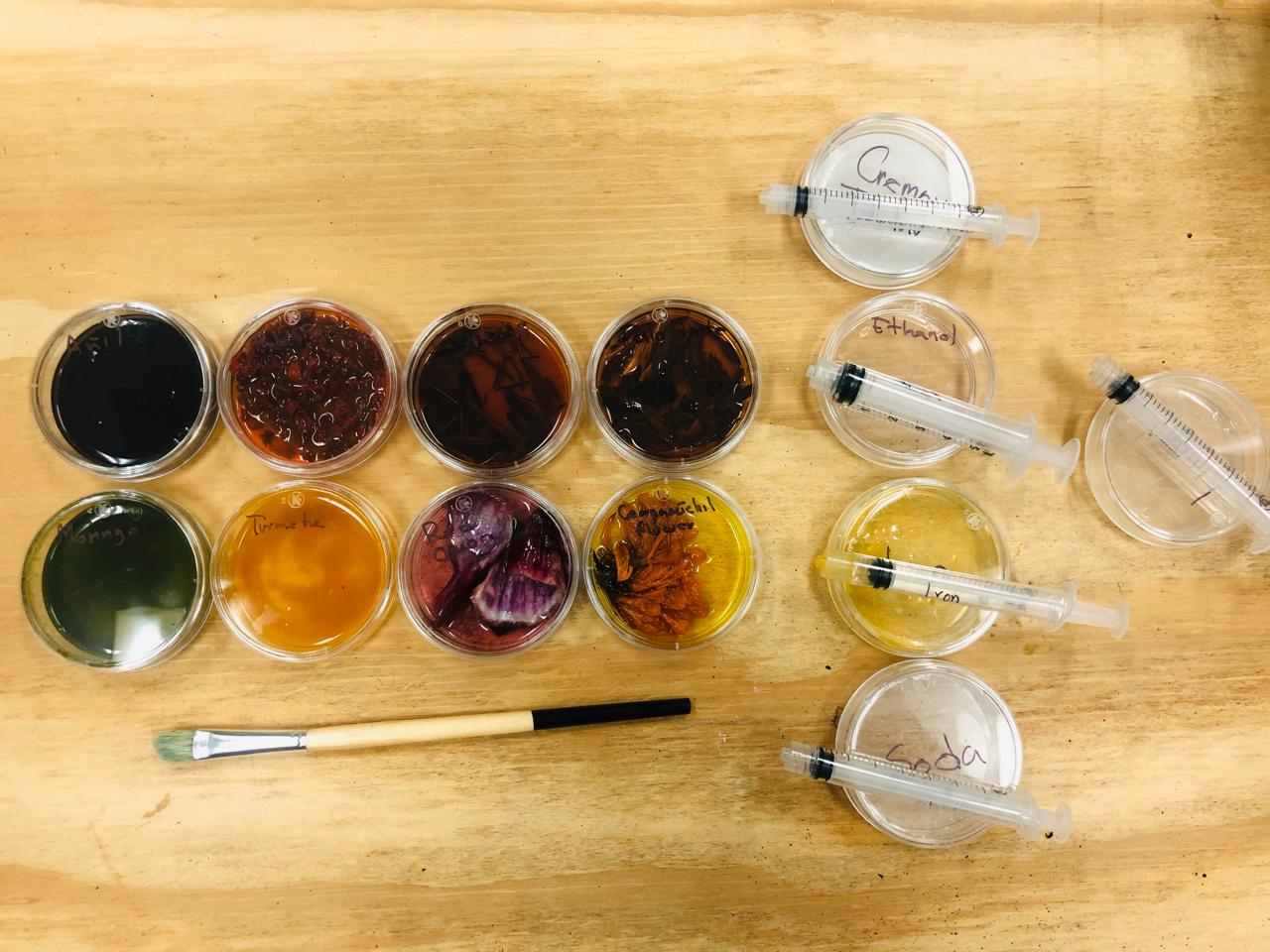
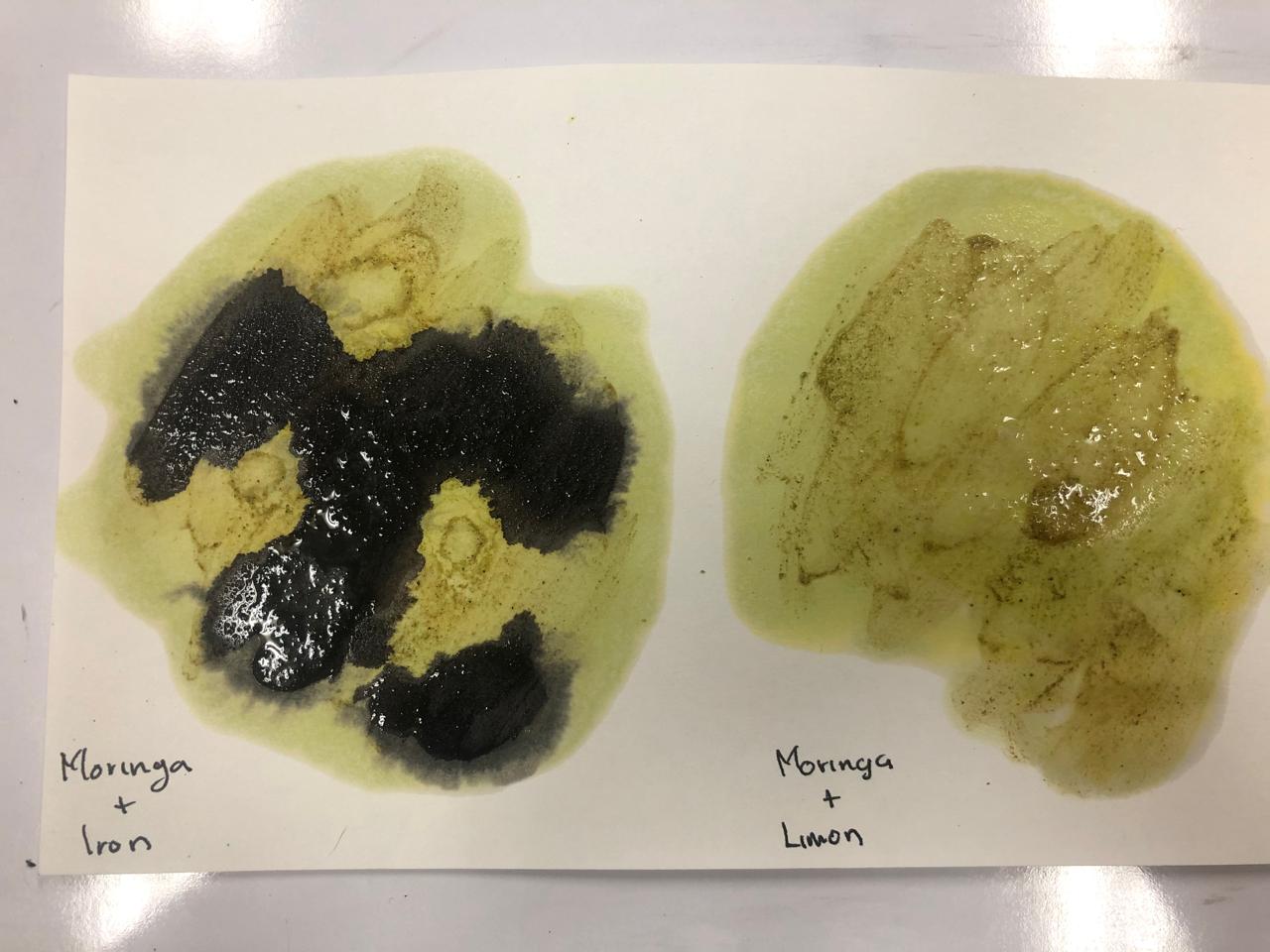
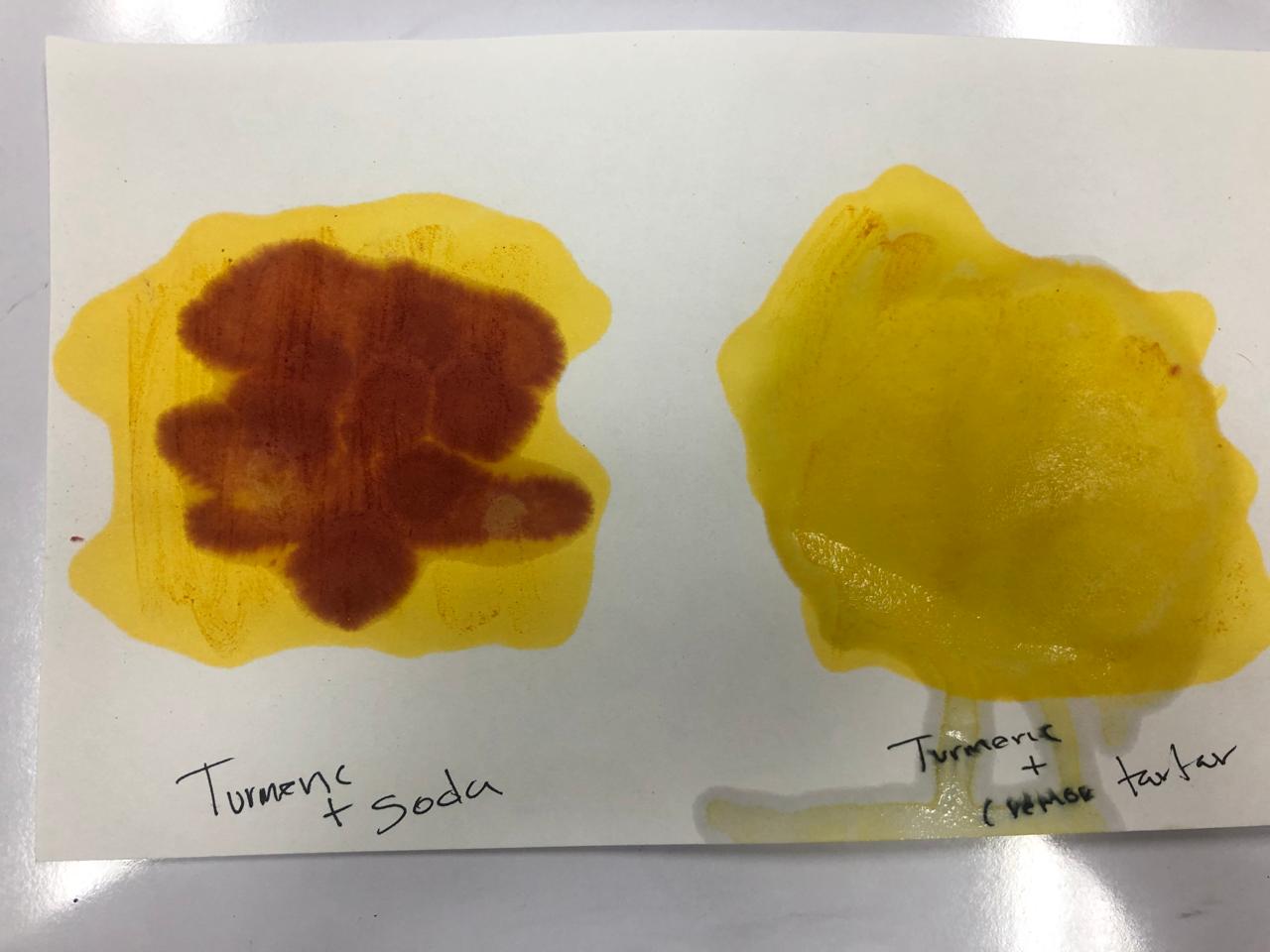
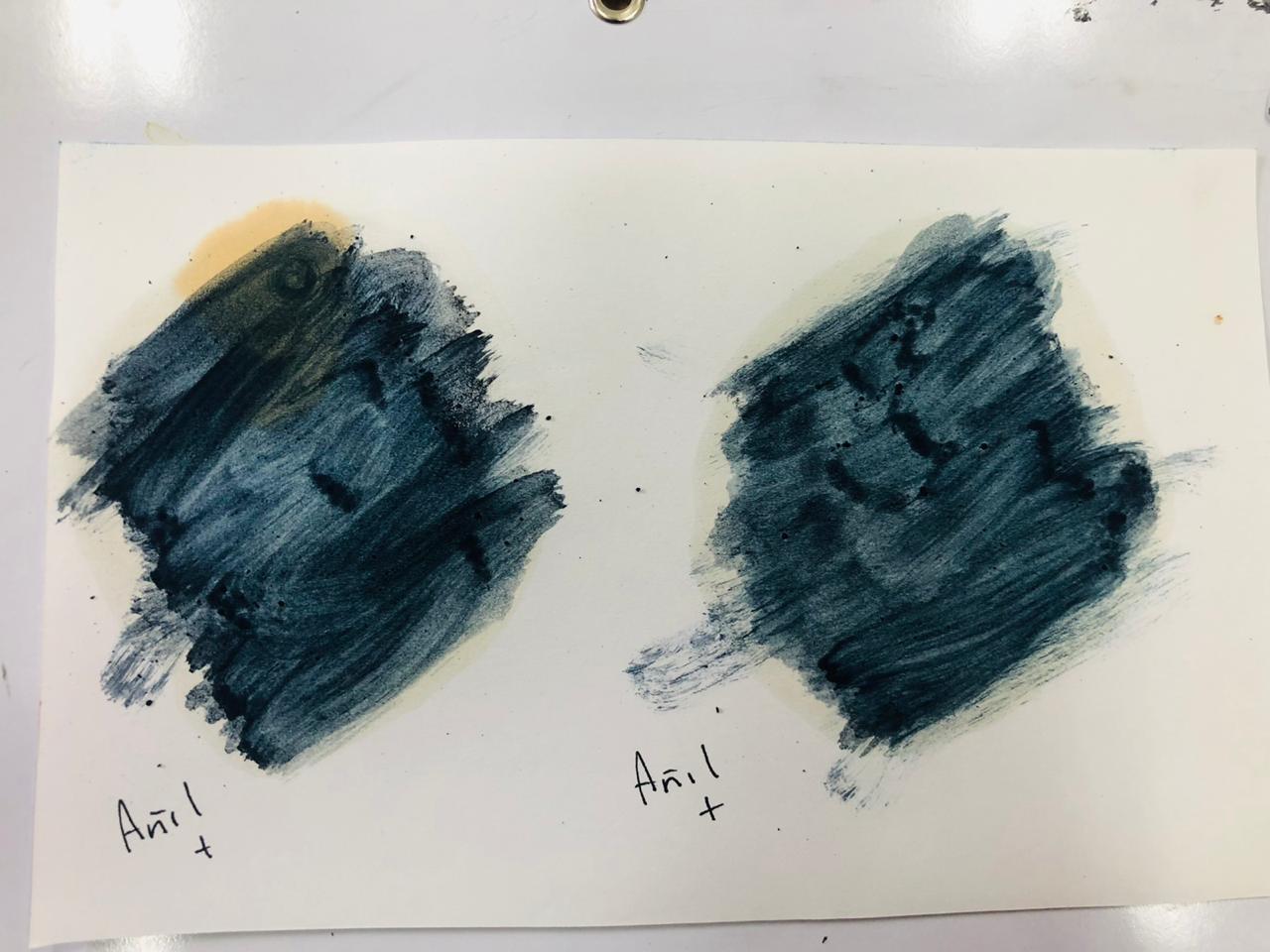
PIGMENT
PREPARE THE NATURAL DYE LEFTOVER
Palo Azul from Trinidad Machuca on Vimeo.
PALO AZUL:
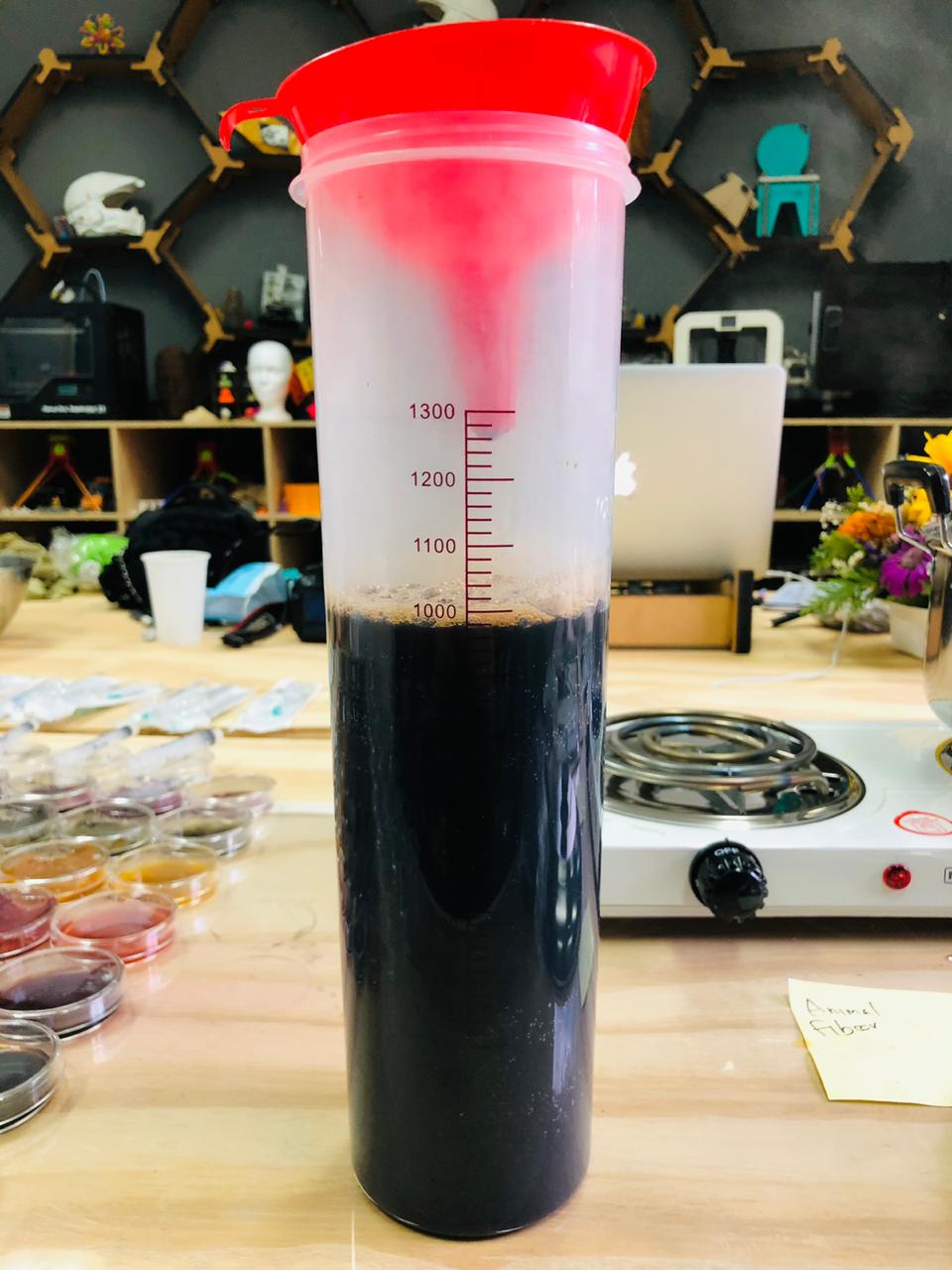
MAKE THE CHEMISTRY
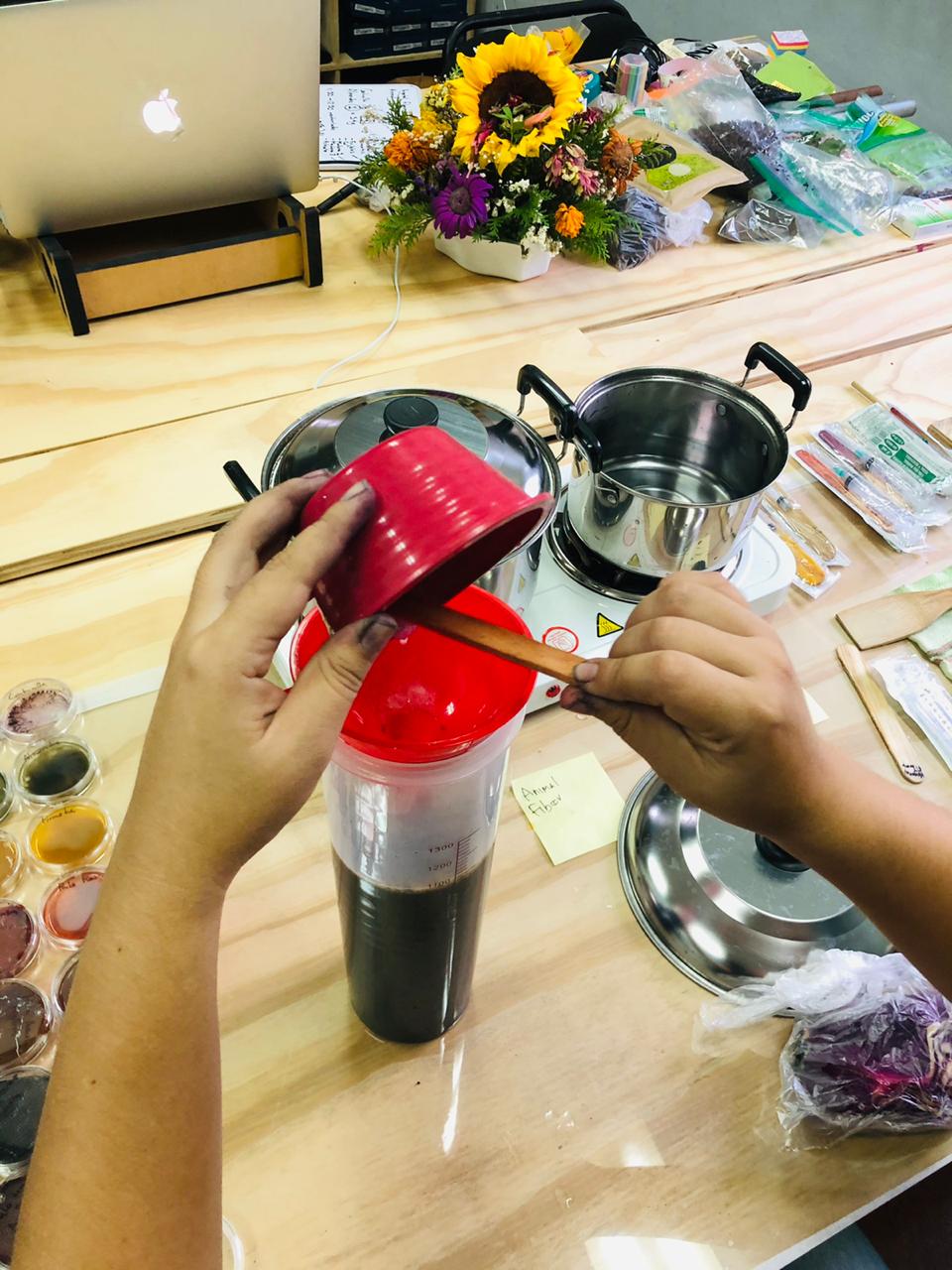

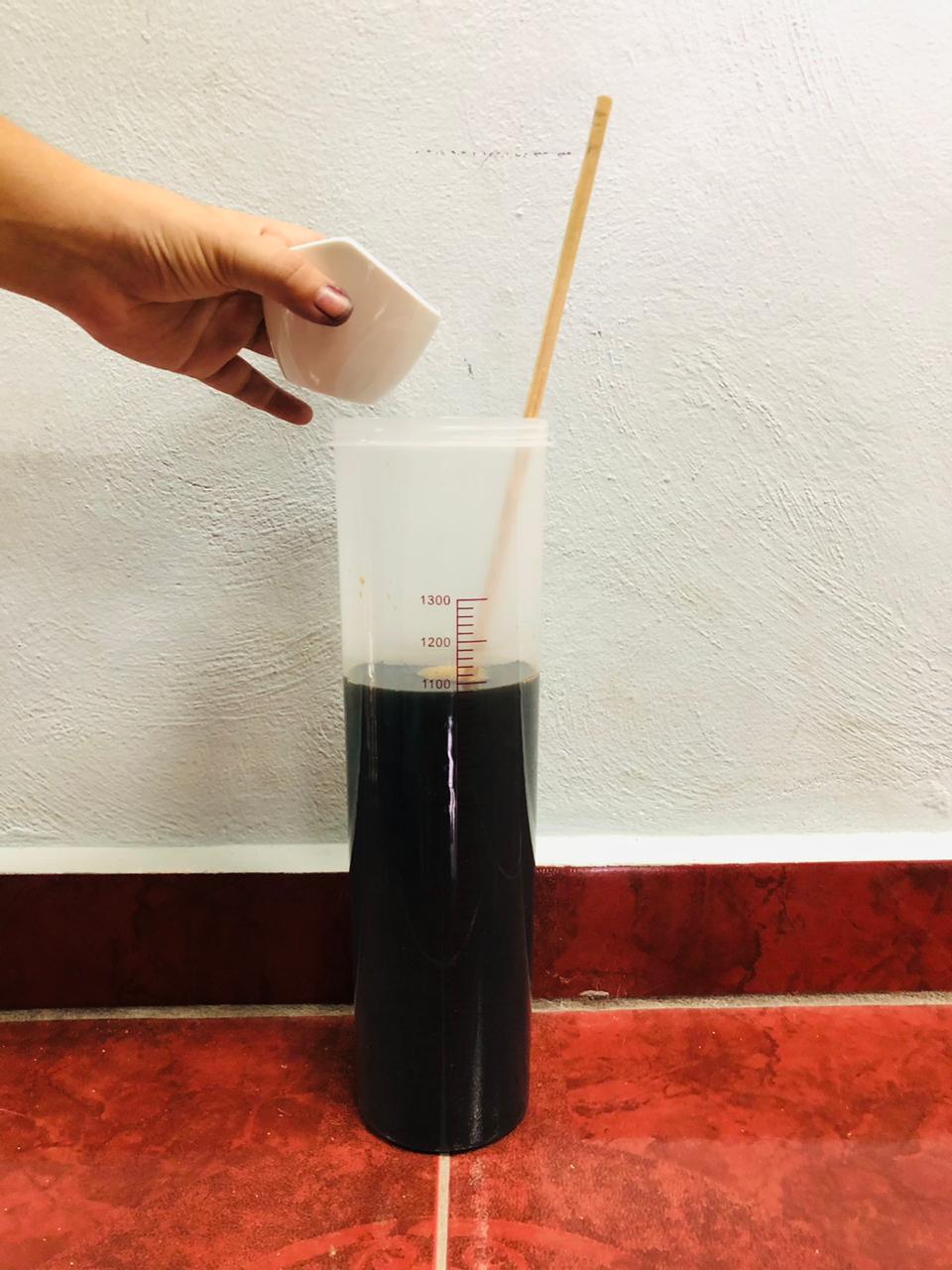


Pigment reaction from Trinidad Machuca on Vimeo.
FILTER
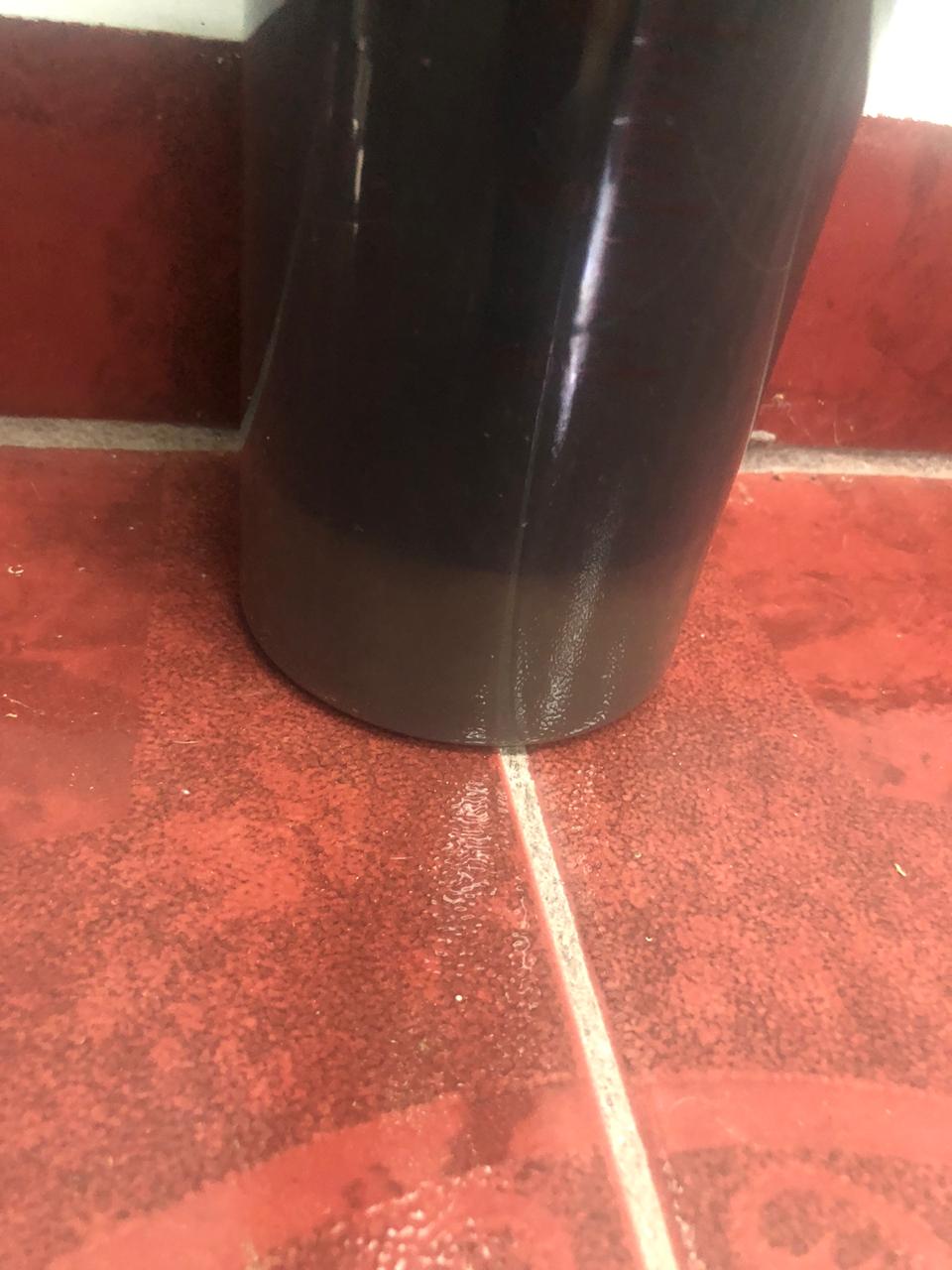
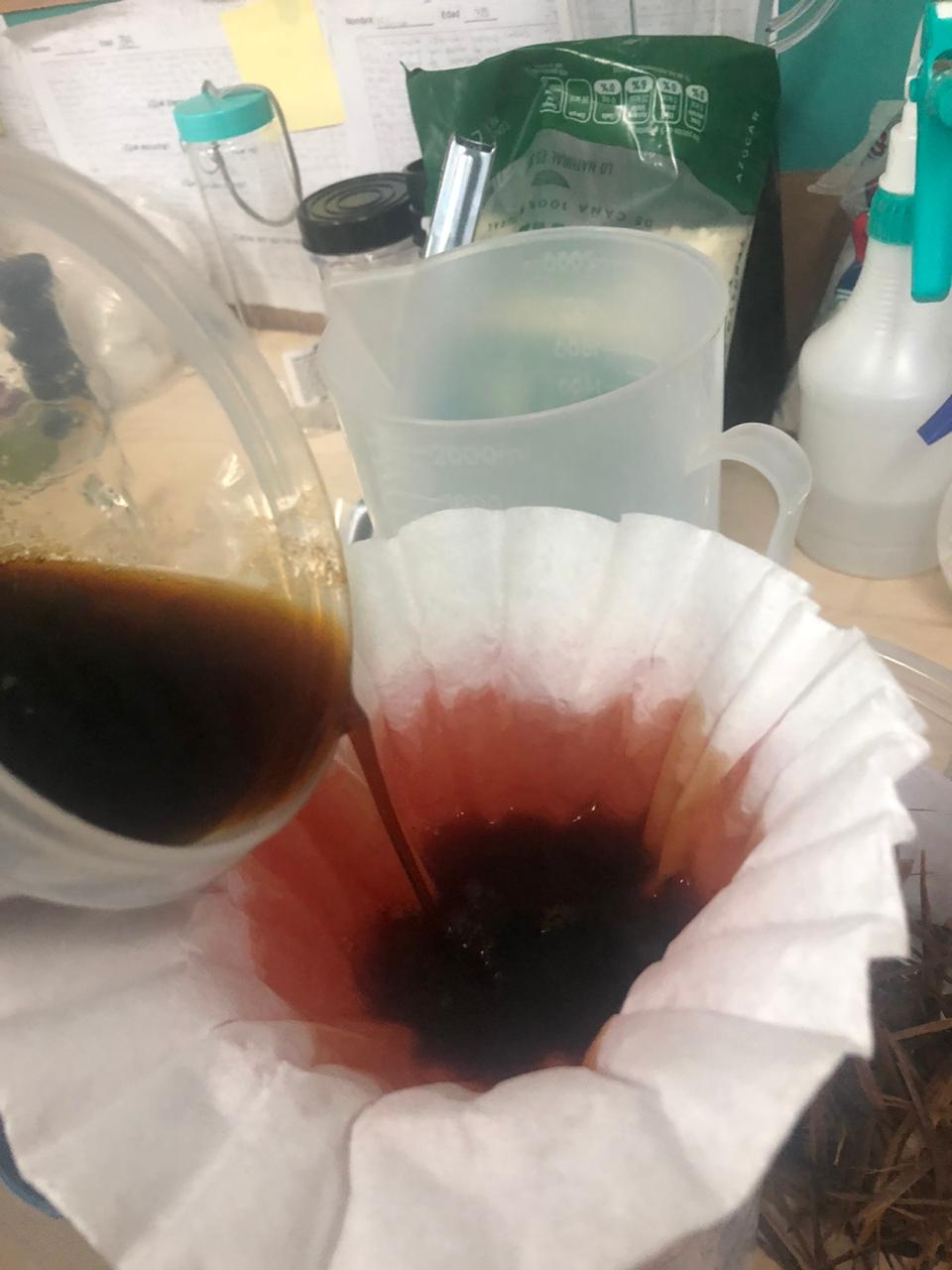

PALO AZUL PIGMENT FINAL RESULT from Trinidad Machuca on Vimeo.
BACTERIA DYE

FINAL RESULT


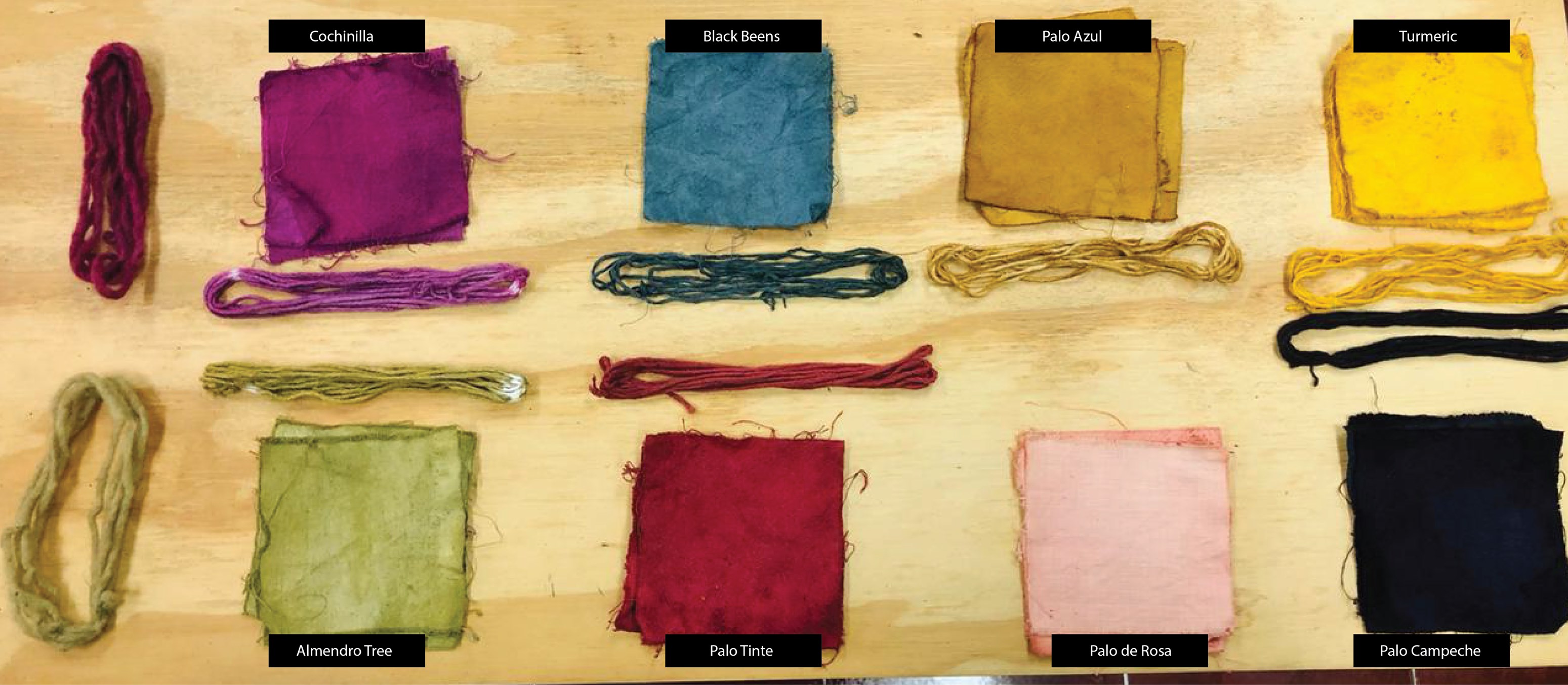
LINKS
Here you can find the links where I will storage my information for the documentation of Fabricademy
- ---- ------
Download files
- ---- -------
NOTES
- THIS ASSIGNMENTE IS HARD THIS ASSIGNMENT TOOK ME THREE DAYS TO UNDESTAND THE ALL THE CORRECT PROCESS, IT WAS VERY HARD FOR ME, BUT, EVEN THOUGH IT WAS HARD, NOW I FEEL I WANT TO MAKE INKS AND DYE MY OWN CLOTHES DESIGN. I ENJOYED IT A LOT.
NECESSARY MATERIALS FOR THIS ASSIGNMENT
DYES MATERIAL
| Qty | Description | Price | Link | Notes |
|---|---|---|---|---|
| 1KG | ALMENDRO | 00.00 $ | FROM MY GARDEN | --- |
| 0 | PALO DE ROSA | 00.00 $ | FROM LOCAL SAWMIL | --- |
| 0 | PALO AZUL | 00.00 $ | FROM MY MOTHER IN LAW HAHAHA | --- |
| 0 | PALO DE TINTE | 00.00 $ | FROM LOCAL SAWMIL | --- |
| 0 | CAMPECHE | 00.00 $ | FROM LOCAL SAWMIL | --- |
| 100GM | COCHINILLA | 30.00 $ | ----------- | USD |
| 100GM | ANNATO | 01.00 $ | ----------- | USD |
| 120GM | INDIGO | 35.00 $ | ----------- | USD |
| --- | BEANS | 02.00 $ | ----------- | USD |
| --- | TURMERIC | 00.00 $ | ----------- | USD |
| --- | RED CABAGE | 00.00 $ | ----------- | USD |
MORDANTS
| Qty | Description | Price | Link | Notes | | -- | ALUM | 00.00 $ | ----------- |USD | | -- | IRON | 00.00 $ | ----------- |USD | | -- | COPPER | 00.00 $ | ----------- |USD | | -- | SOYBEANS | 00.00 $ | ----------- |USD |
| header | header |
|---|---|
| cell | cell |
| cell | cell |
MODIFIERS
| Qty | Description | Price | Link | Notes | | -- | ALUM | 00.00 $ | ----------- |USD | | -- | IRON | 00.00 $ | ----------- |USD | | -- | LEMON | 00.00 $ | ----------- |USD | | -- | CREMOR TARTAR | 00.00 $ | ----------- |USD | | -- | SODA | 00.00 $ | ----------- |USD | | -- | VINEGAR | 00.00 $ | ----------- |USD | | -- | ALCOHOL | 00.00 $ | ----------- |USD |
| header | header |
|---|---|
| cell | cell |
| cell | cell |
INKS
| Qty | Description | Price | Link | Notes | | -- | ARABIC GOM | 00.00 $ | ----------- |USD | | -- | ETHANOL | 00.00 $ | ----------- |USD |
| header | header |
|---|---|
| cell | cell |
| cell | cell |
IMPORTANT INFORMATION ABOUT THE ASSIGNMENT
CLASS
LEARNING OUTCOMES
- Master techniques for natural dyeing or bacterial dyeing
- Master techniques for growing or crafting personalised materials
- Documentation: Anyone can go through the process and use the recipes
- Final outcome: create a material or color chart
- Originality - Aesthetics: Has the design been thought through and elaborated
STUDENT CHECKLIST
- [x] Produce at least one natural dye or bacterial dye.
- [x] -Natural dye - modifying it’s colour and mordanting it in different ways to dye at least 2 different categories of fibers
- [x] -Bacterial dye - Explored dyeing with bacteria of different fibers and/or bacteria
- [x] Produce at least one crafted or grown material
- [x] -Crafted material - explore the different recipes and understand how to adjust them based on the ingredients
- [x] -Grown material - explore the different recipes and understand how to adjust them based on the ingredients
- [x] Document your recipes, the ingredients and process and if there have been changes, document your unexpected discoveries
- [x] Name your materials, classify them by typology and display them in a systematic order of samples.
- [x] Submit some of your swatches to the analog material library of your lab. (20cm*20cm approx)
